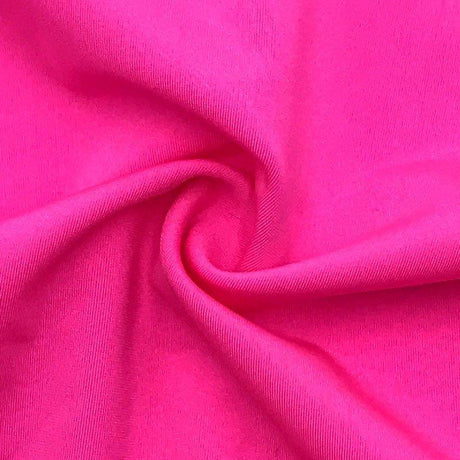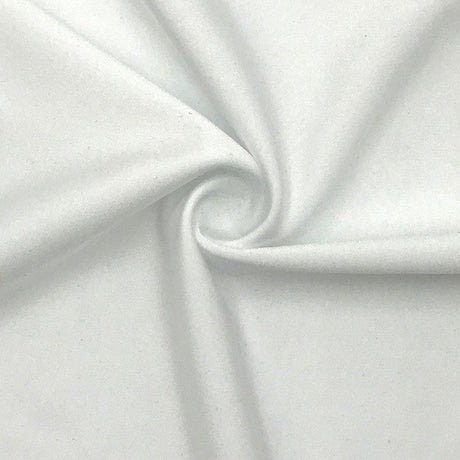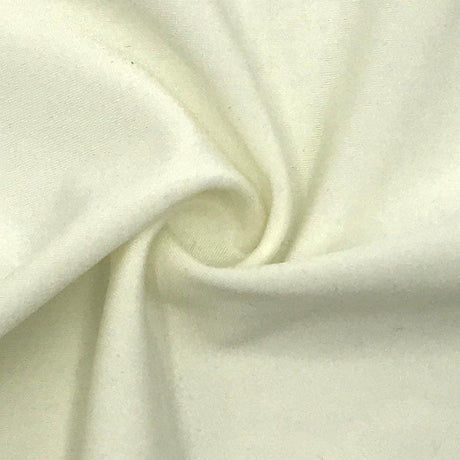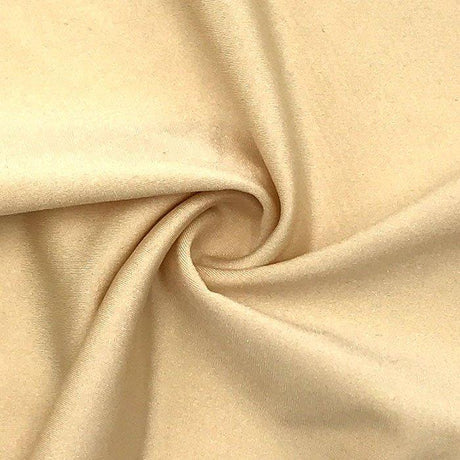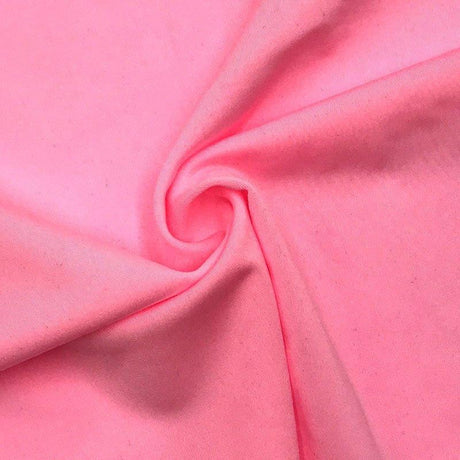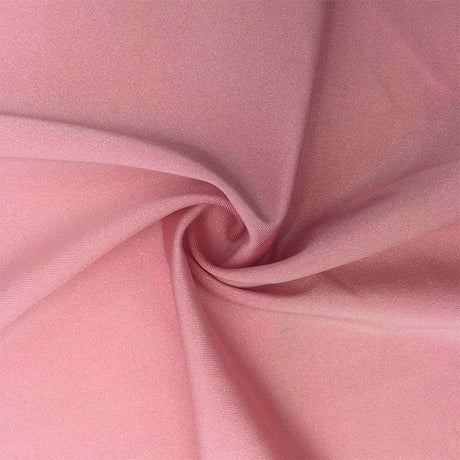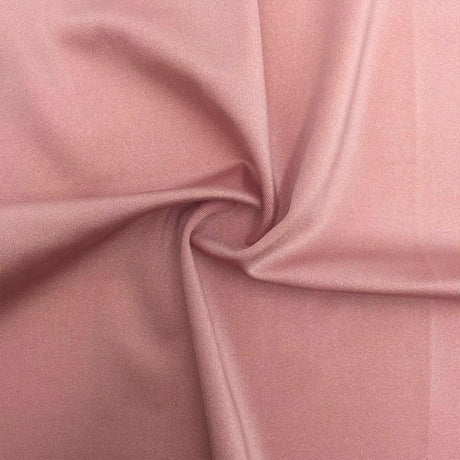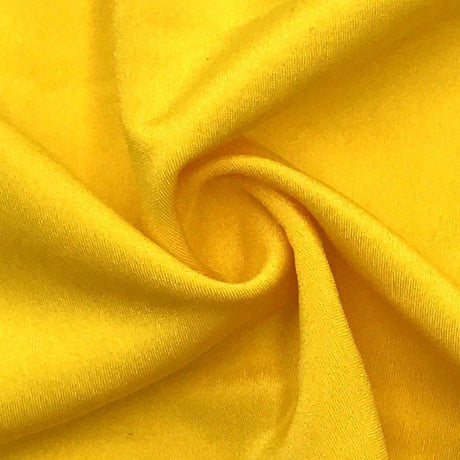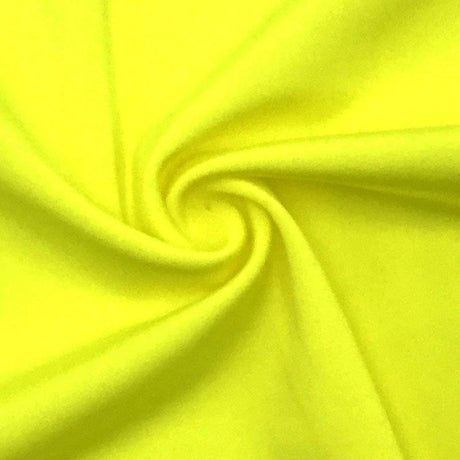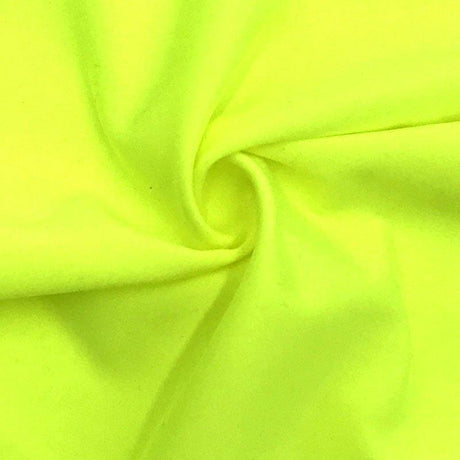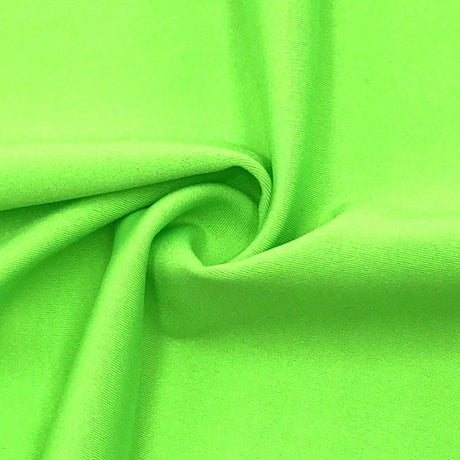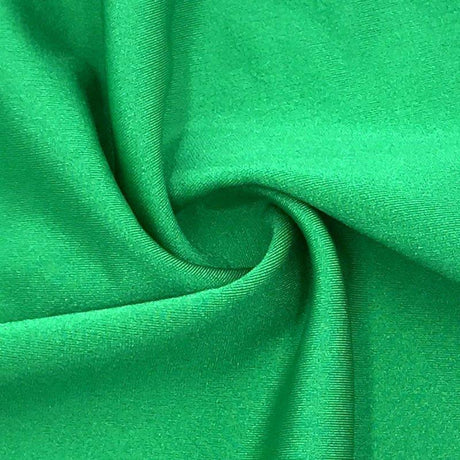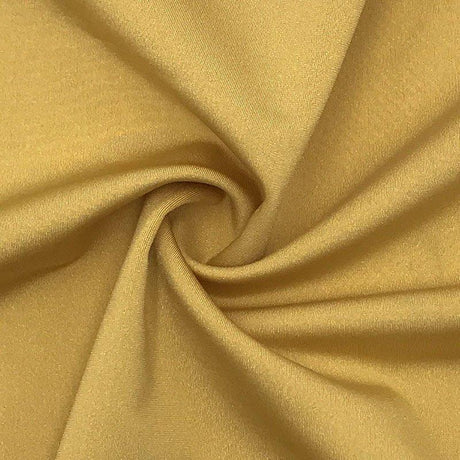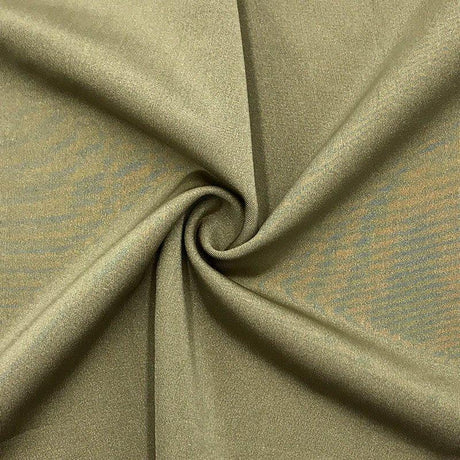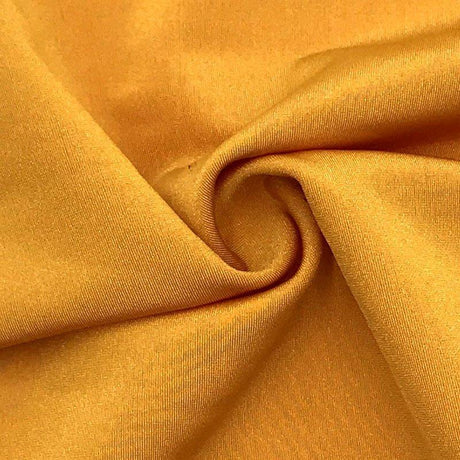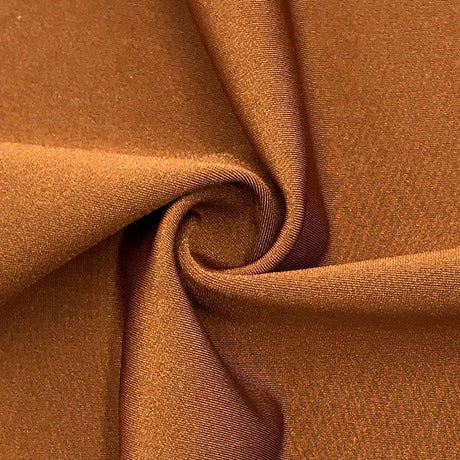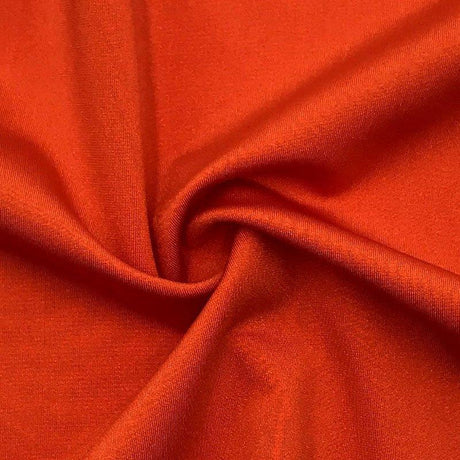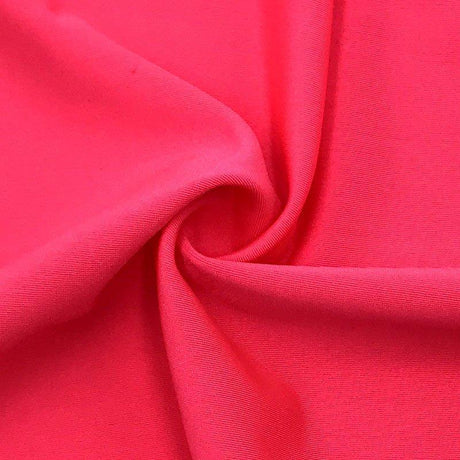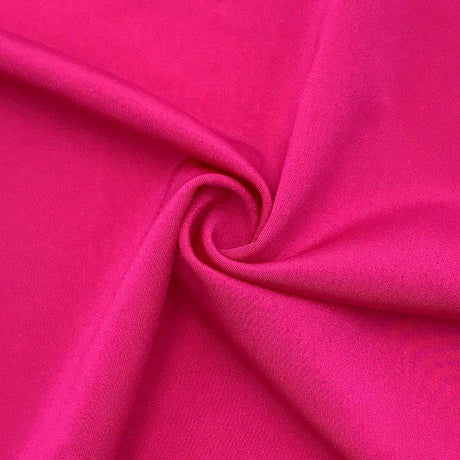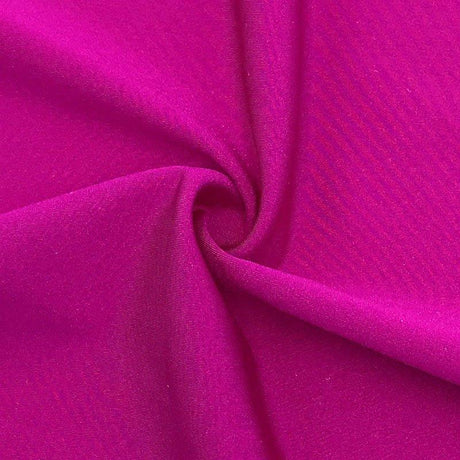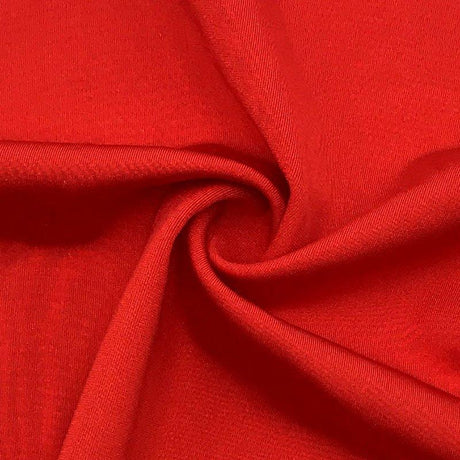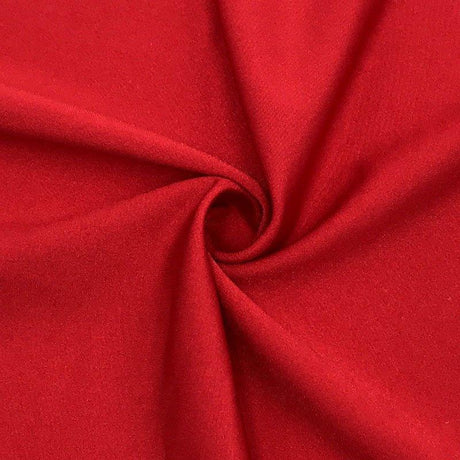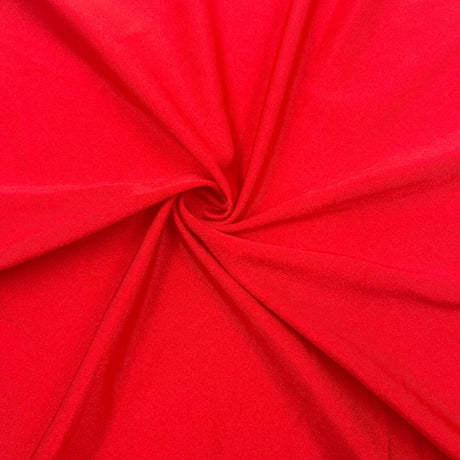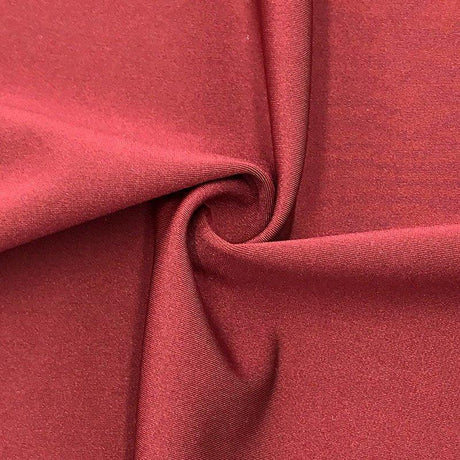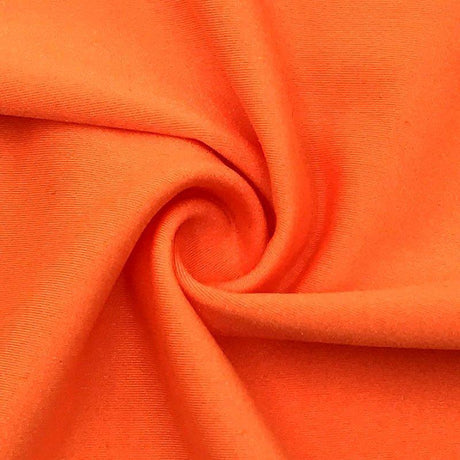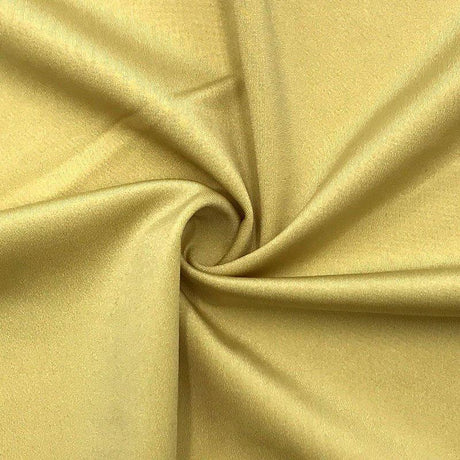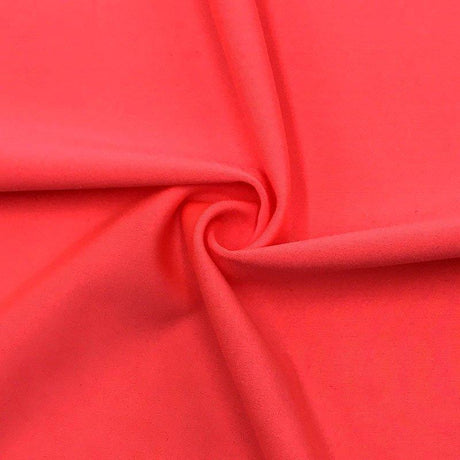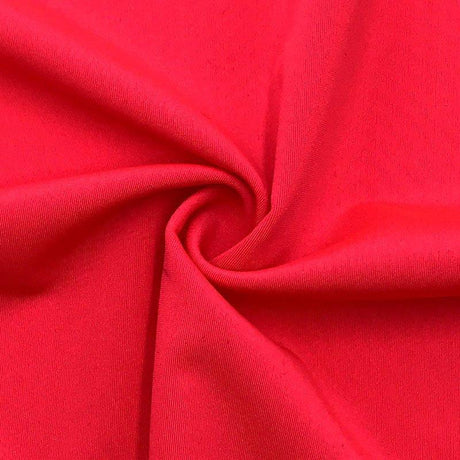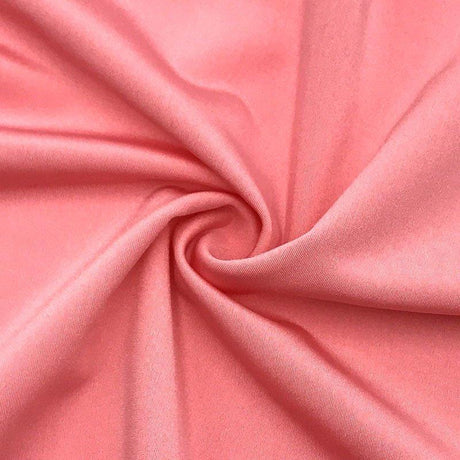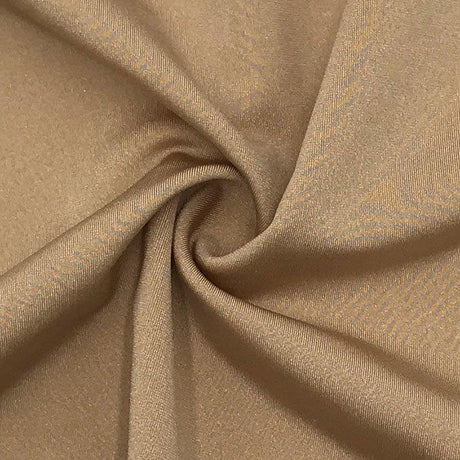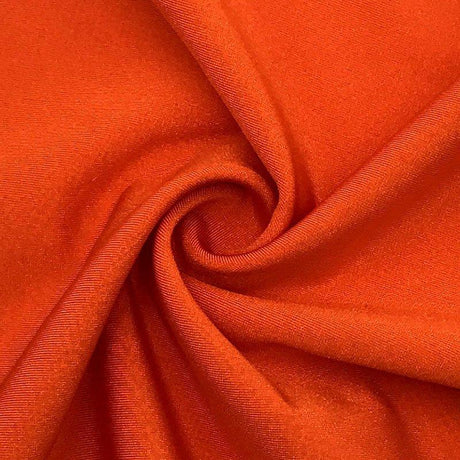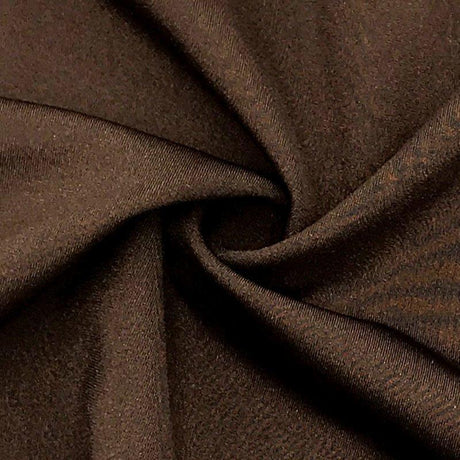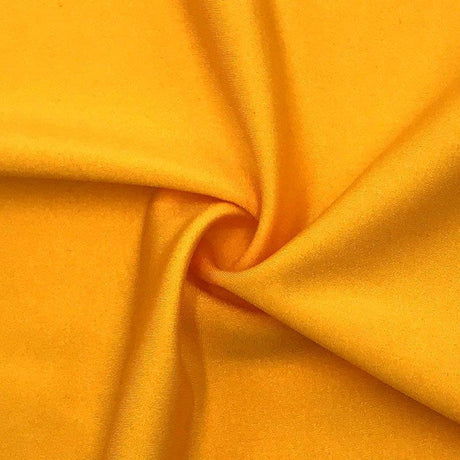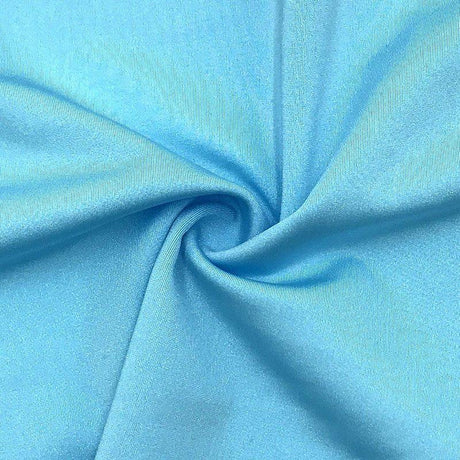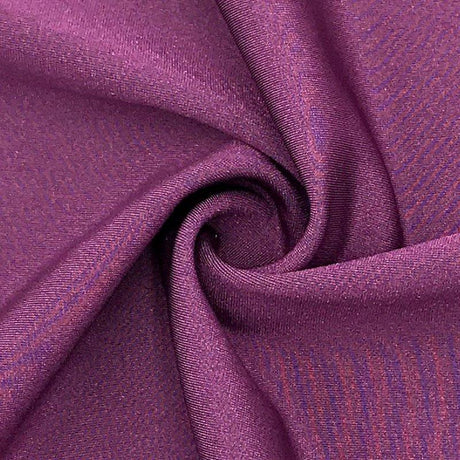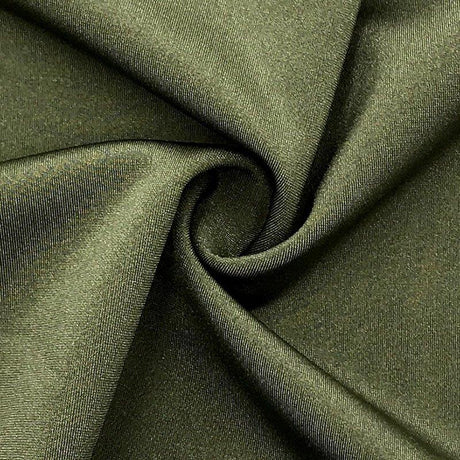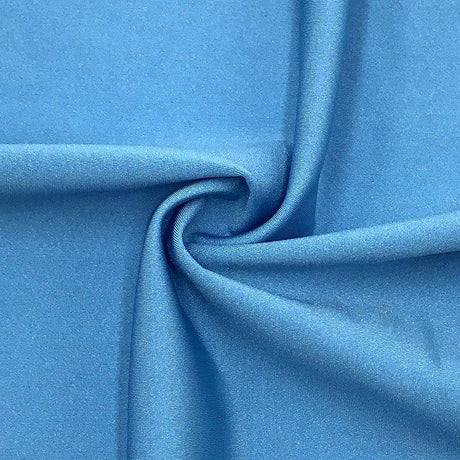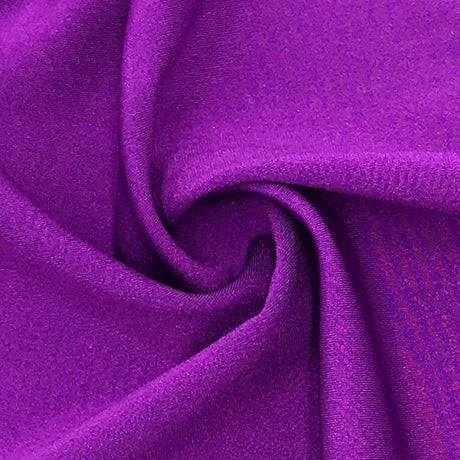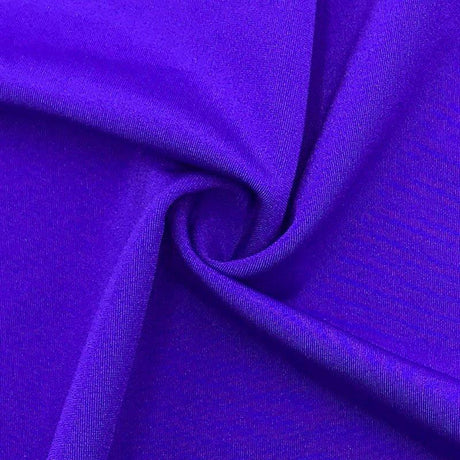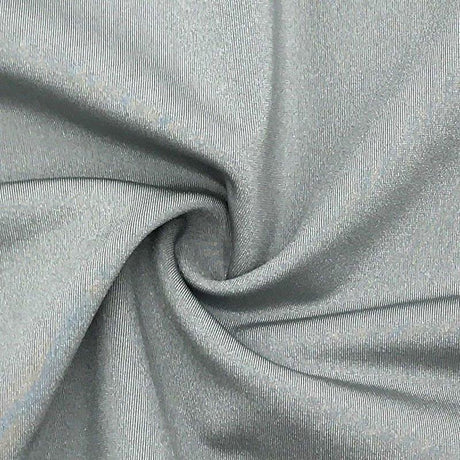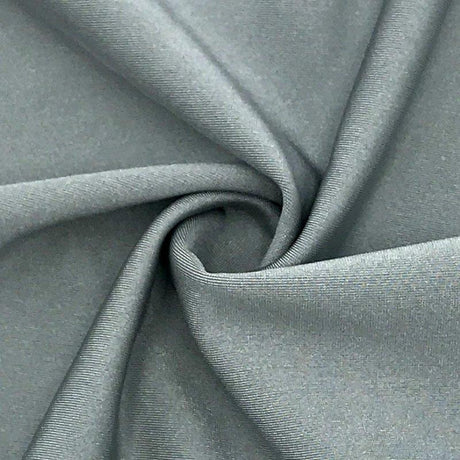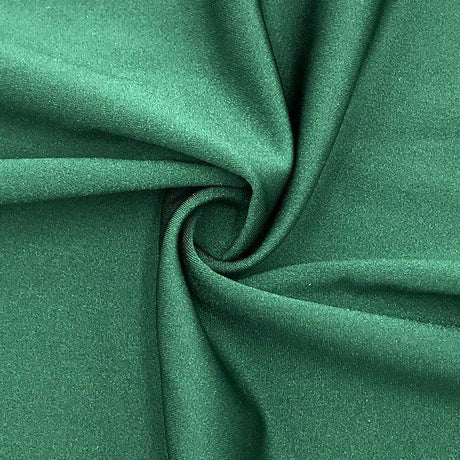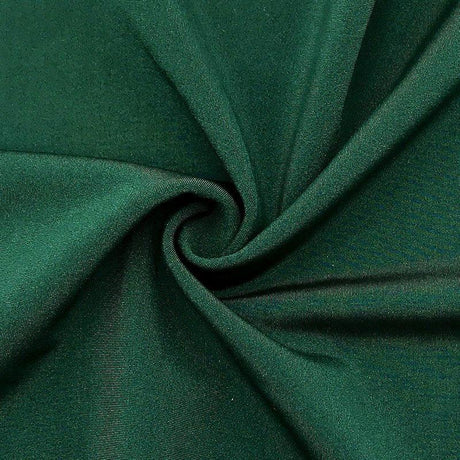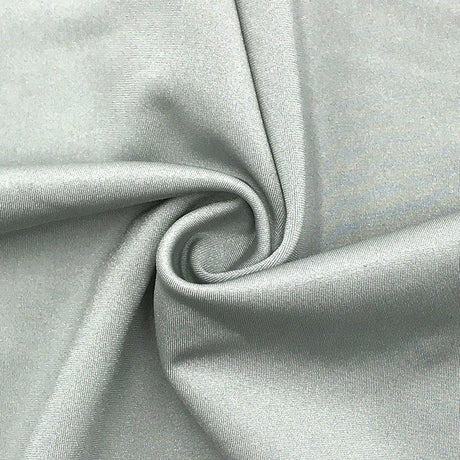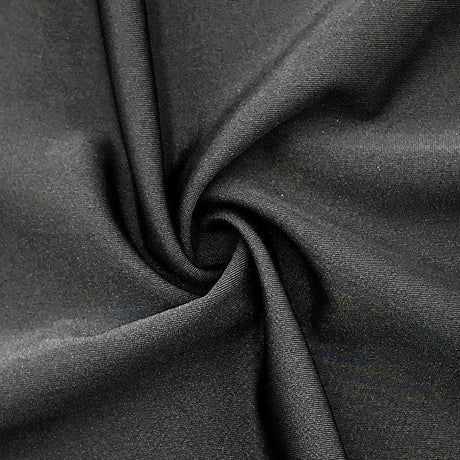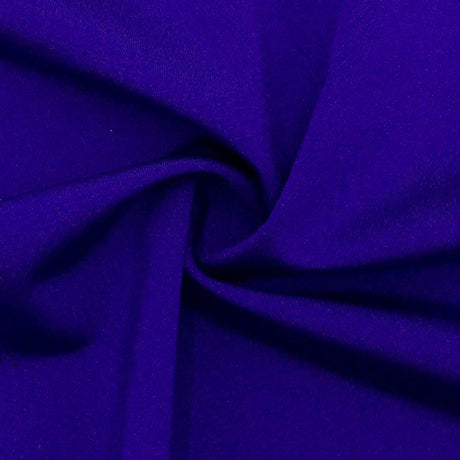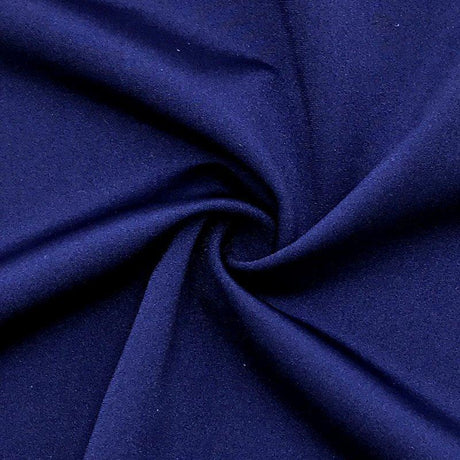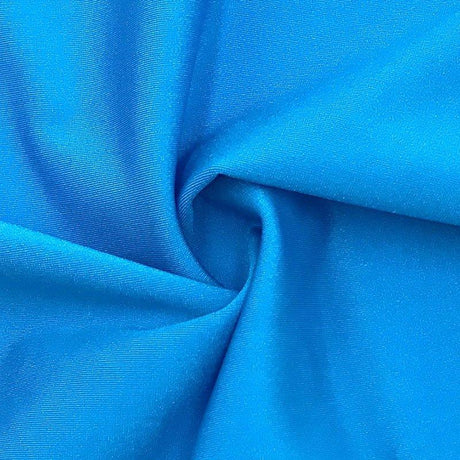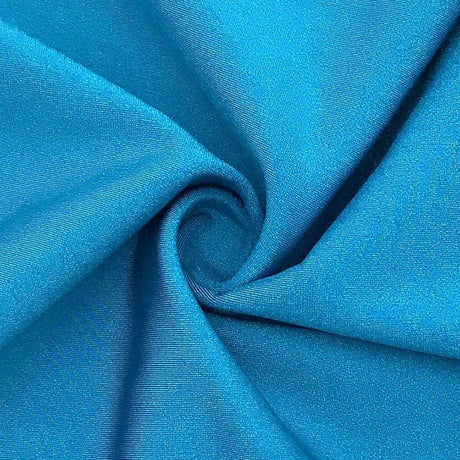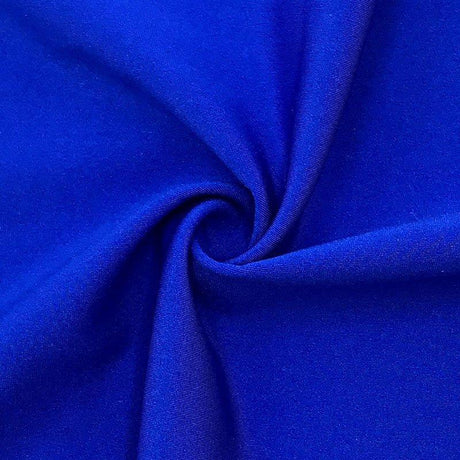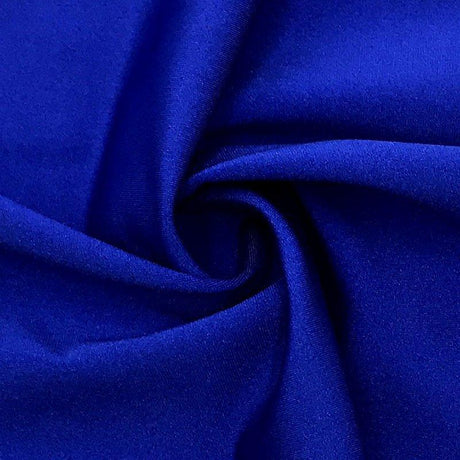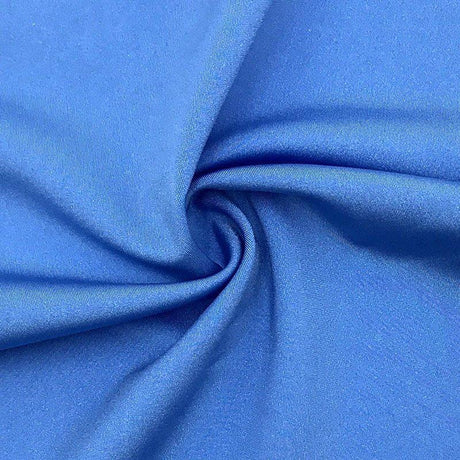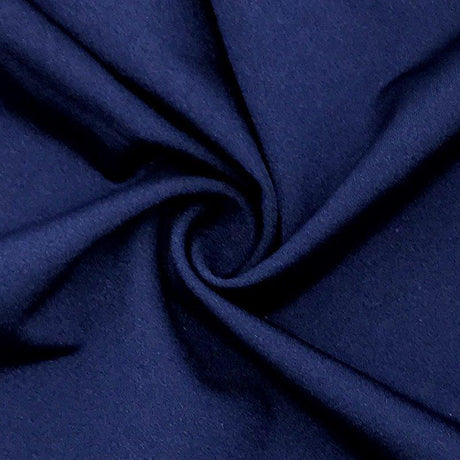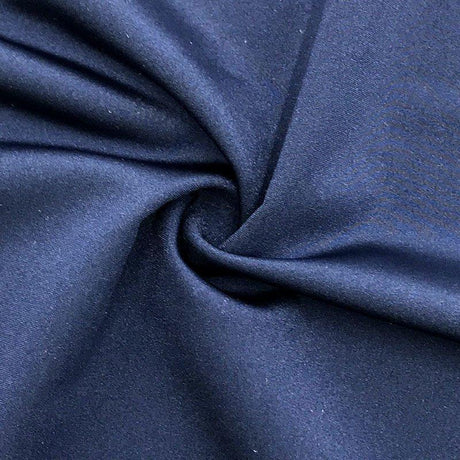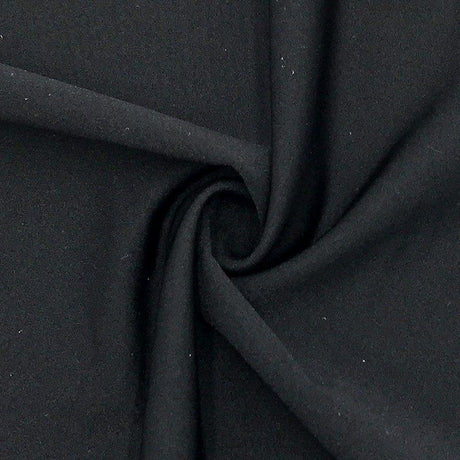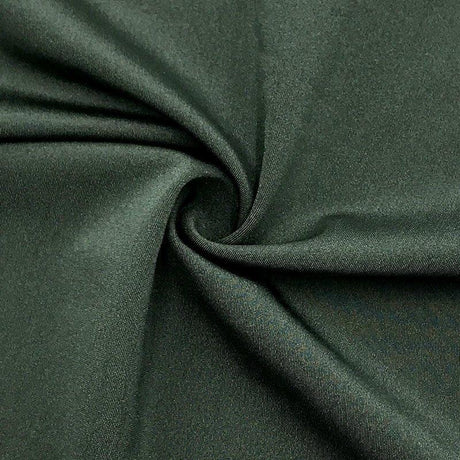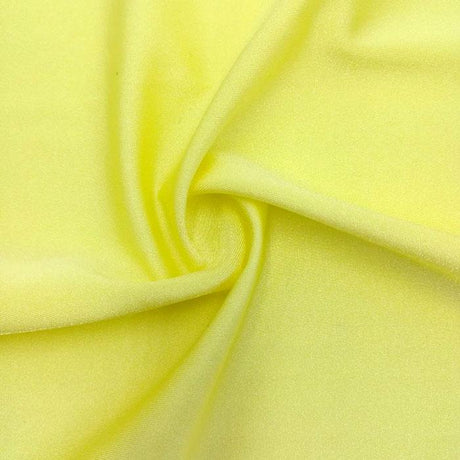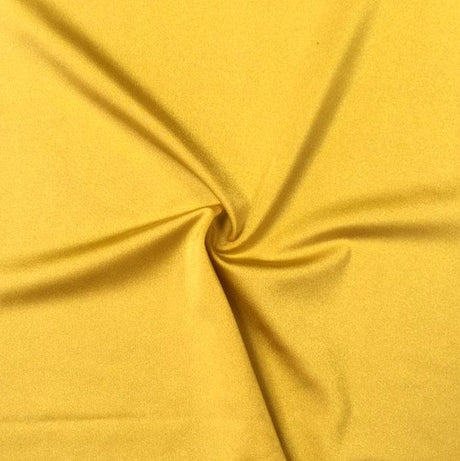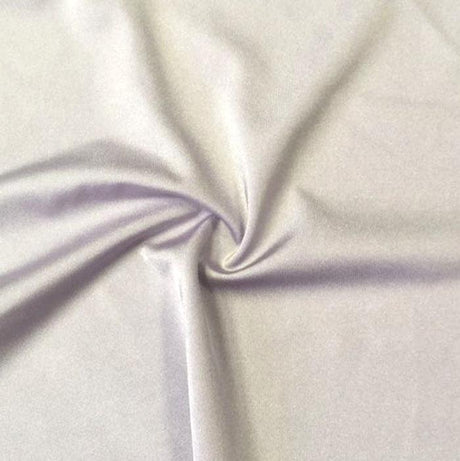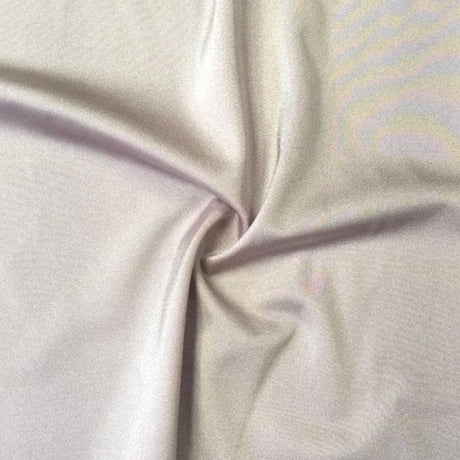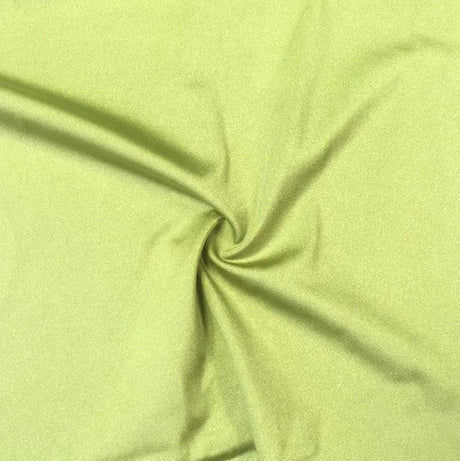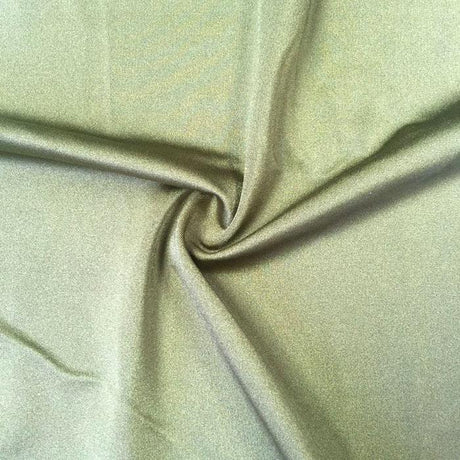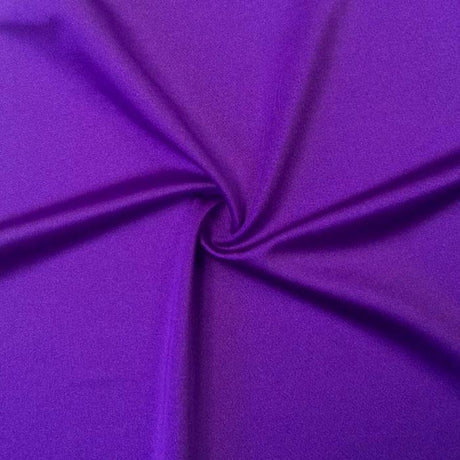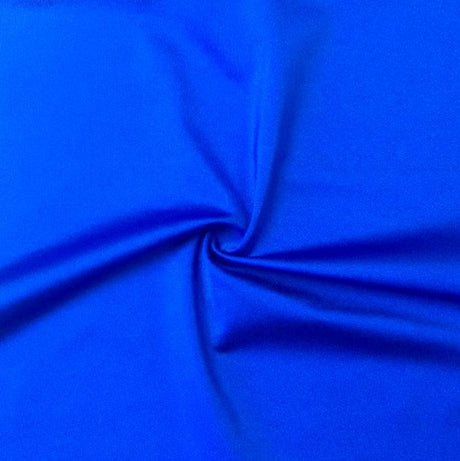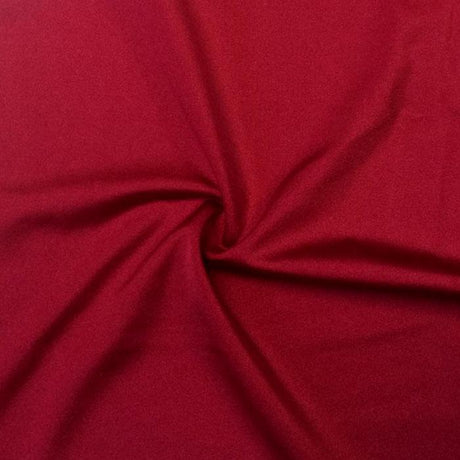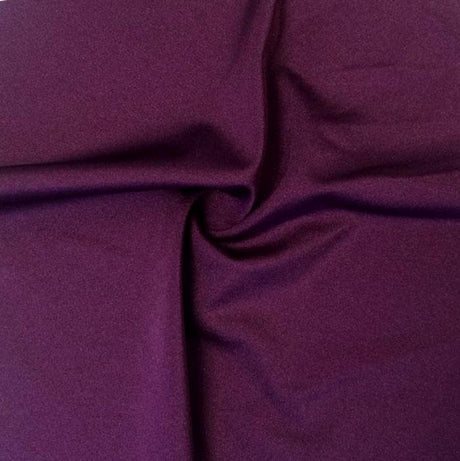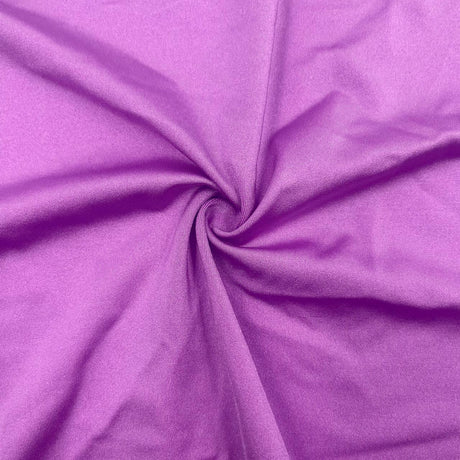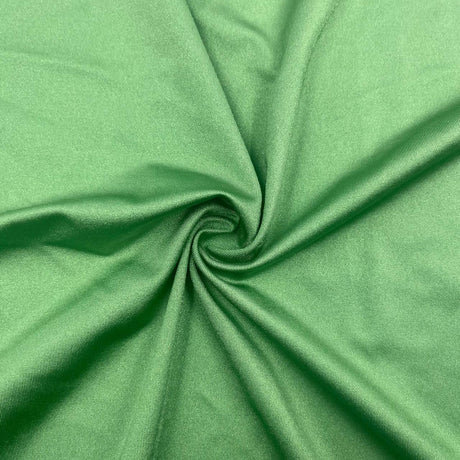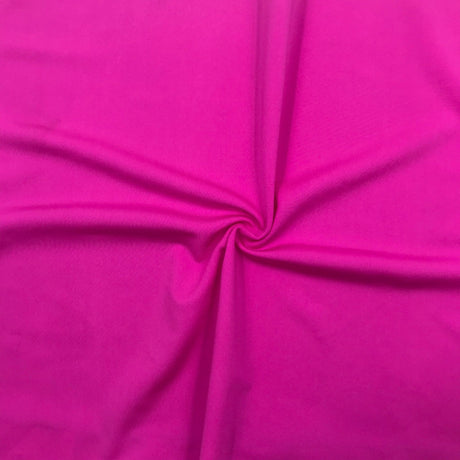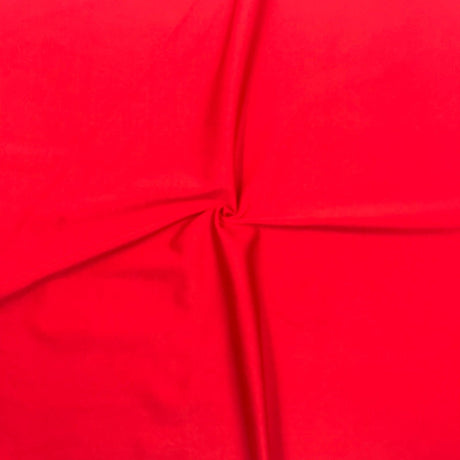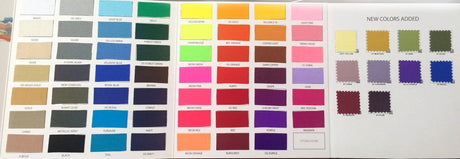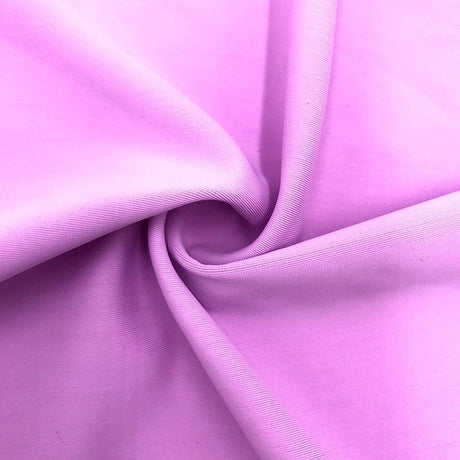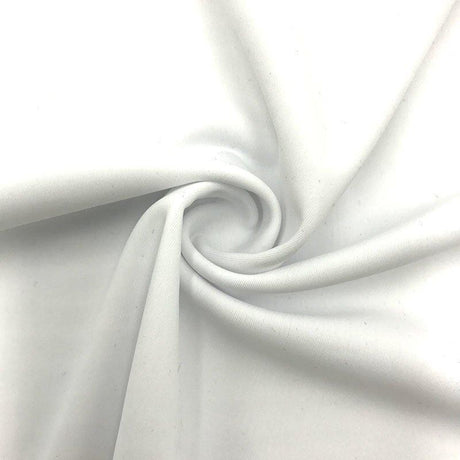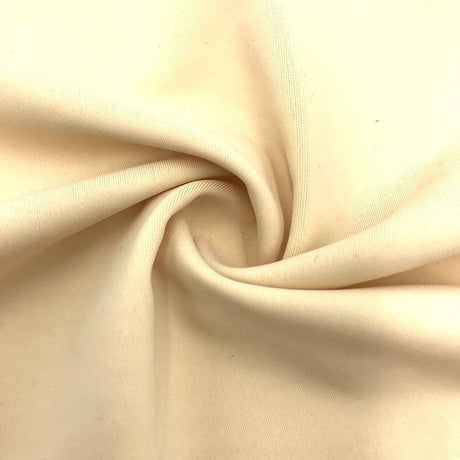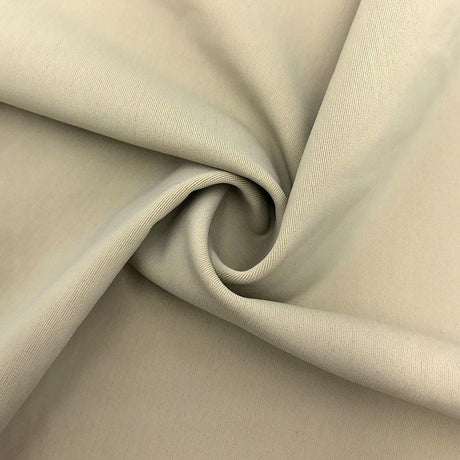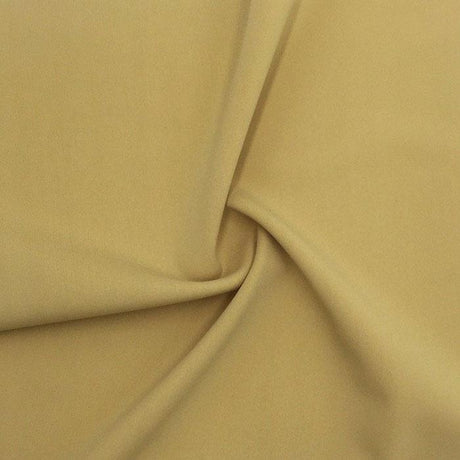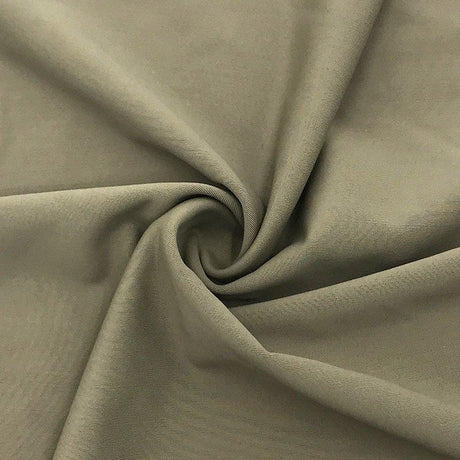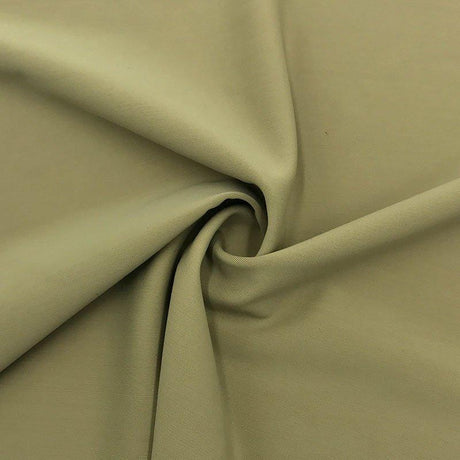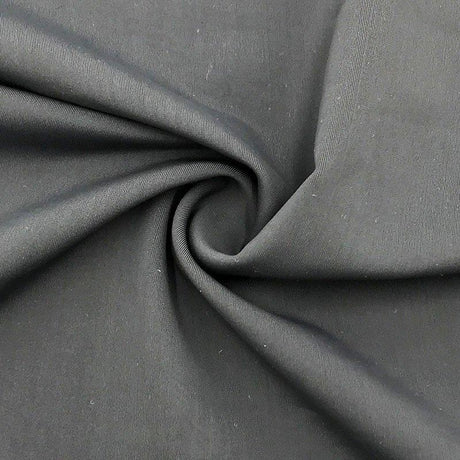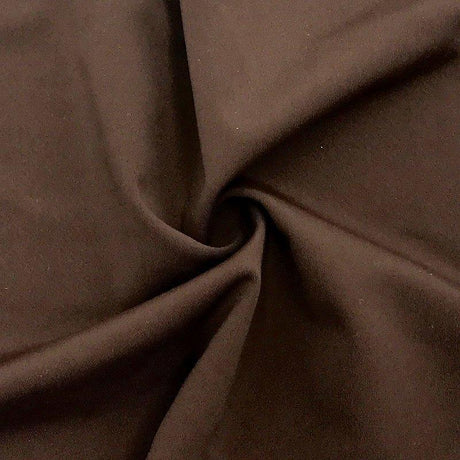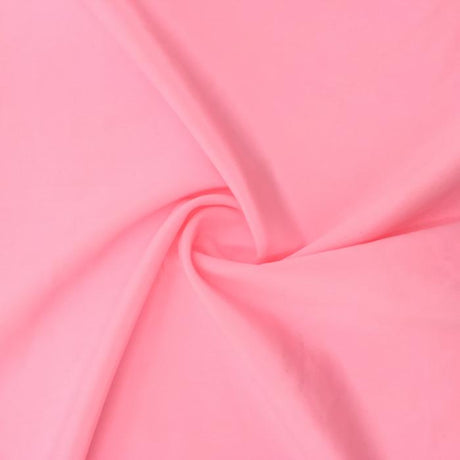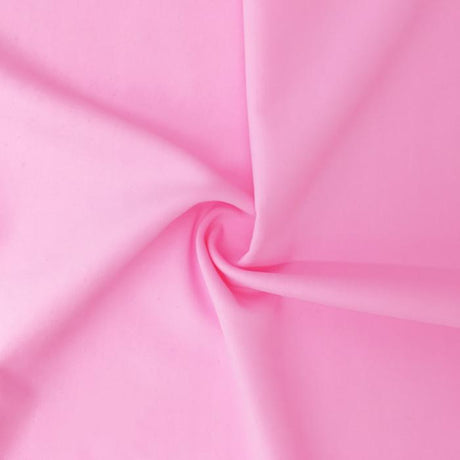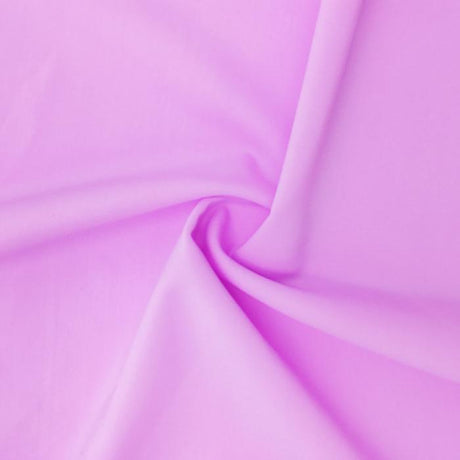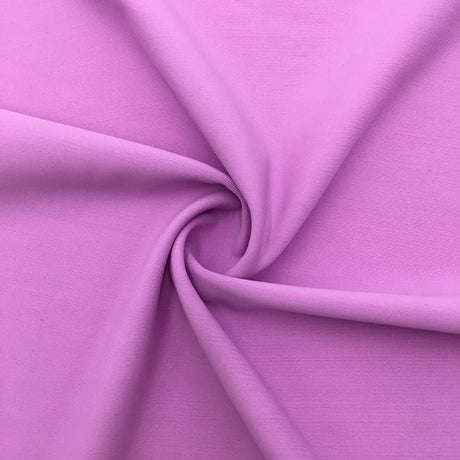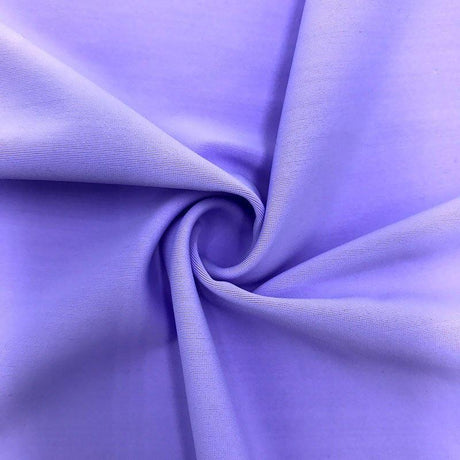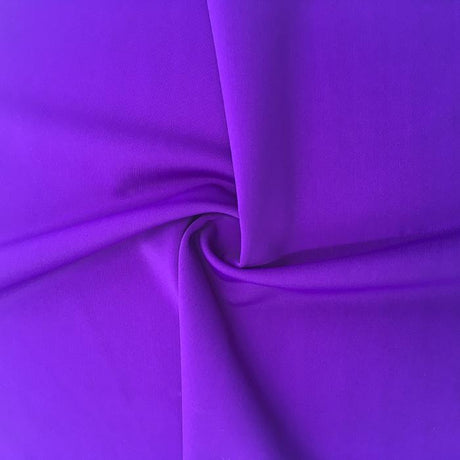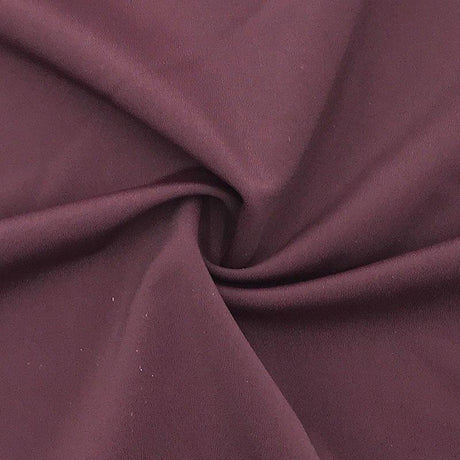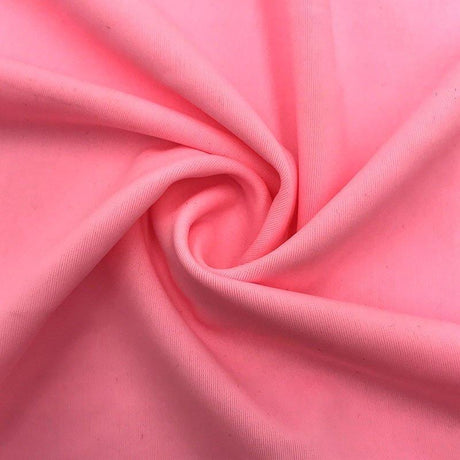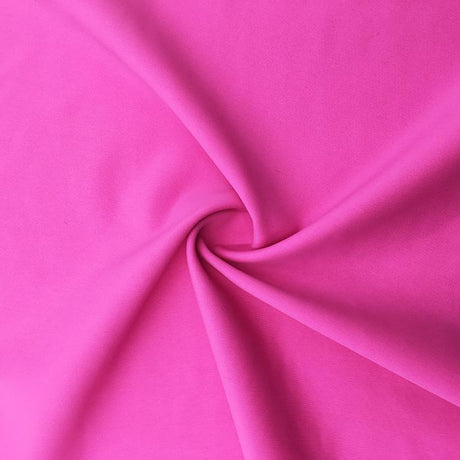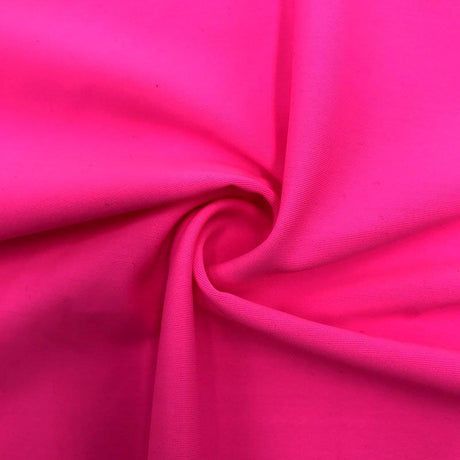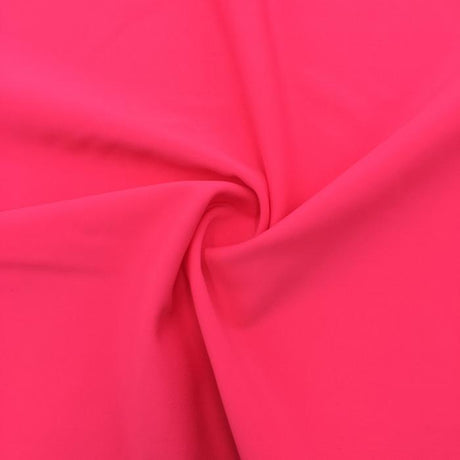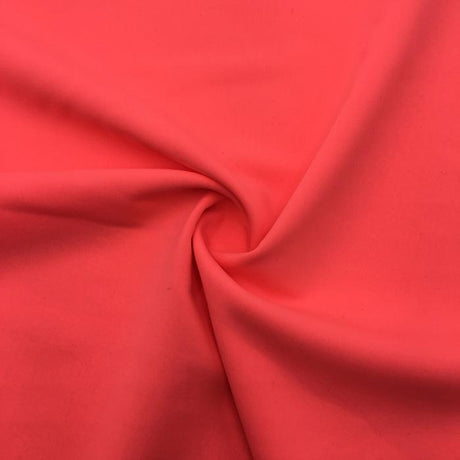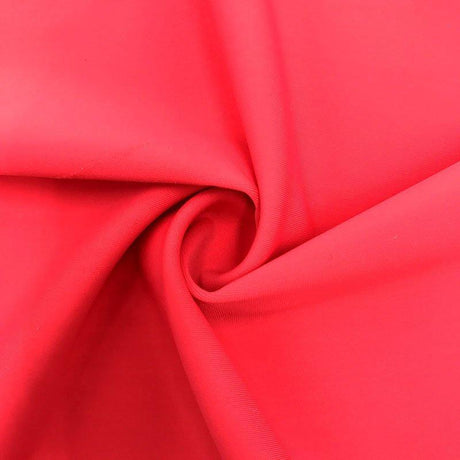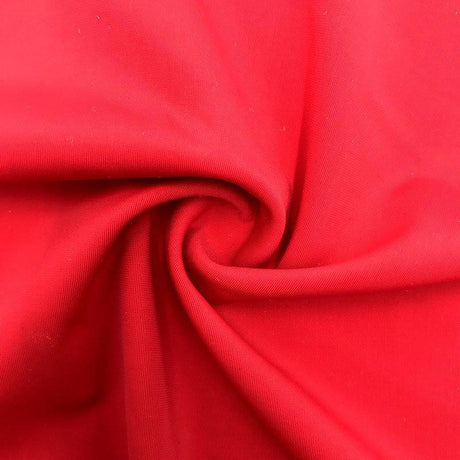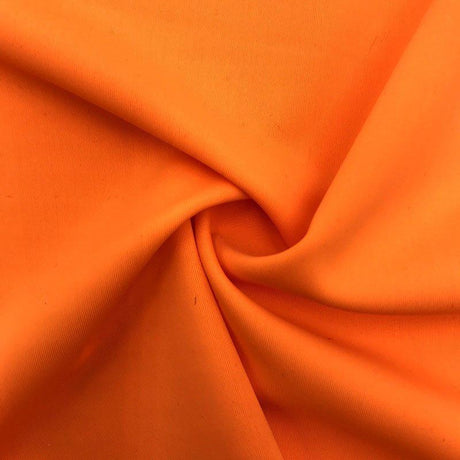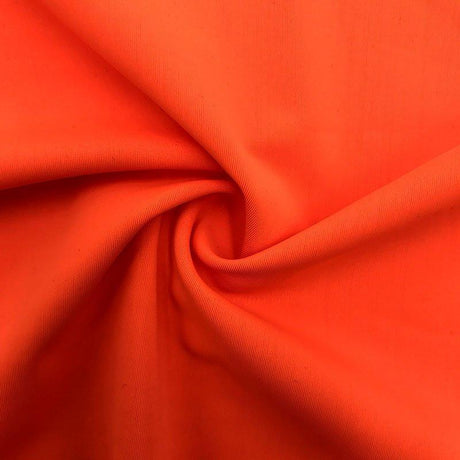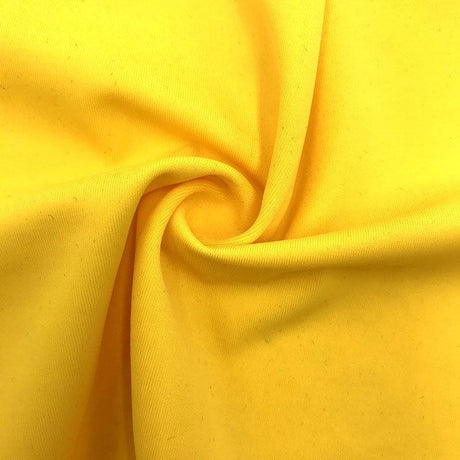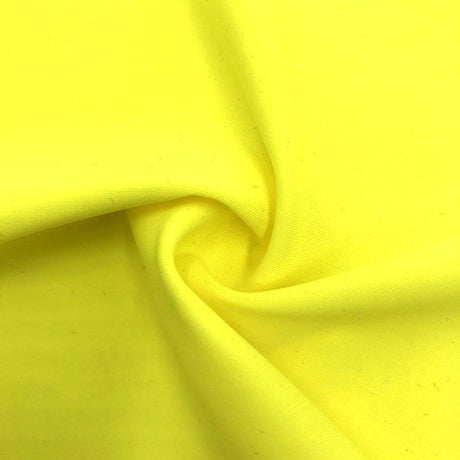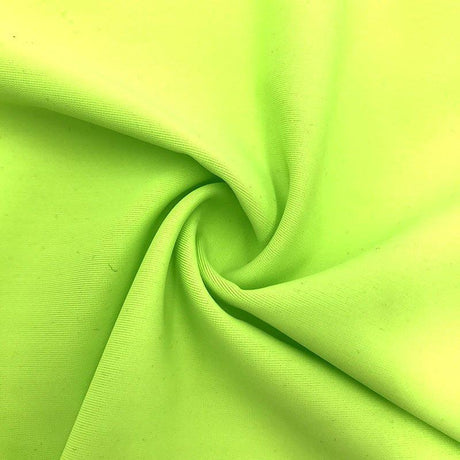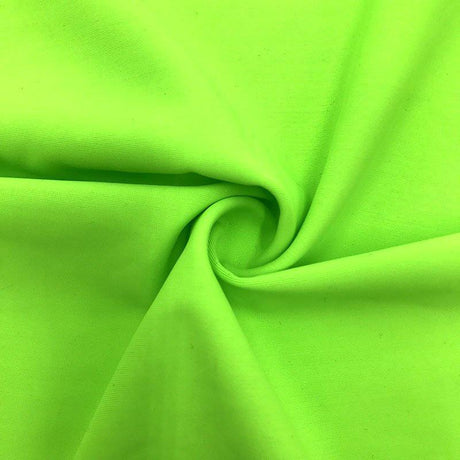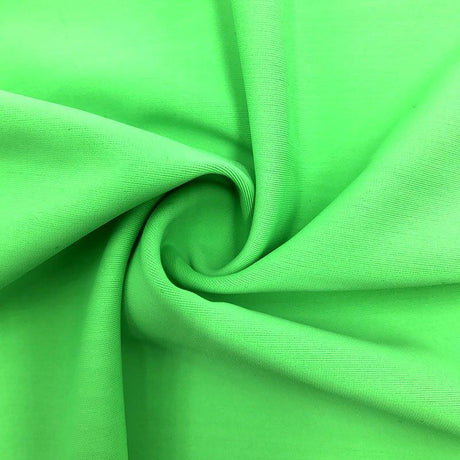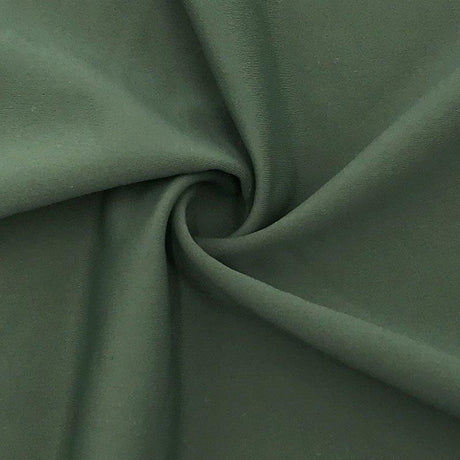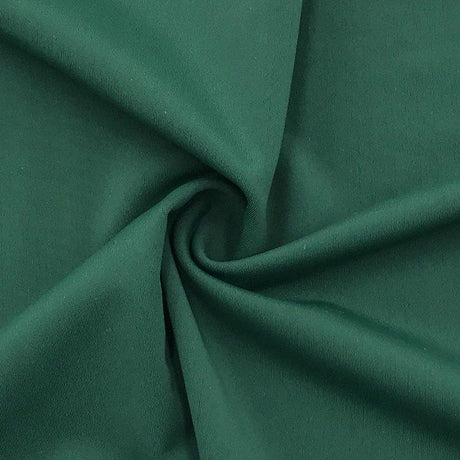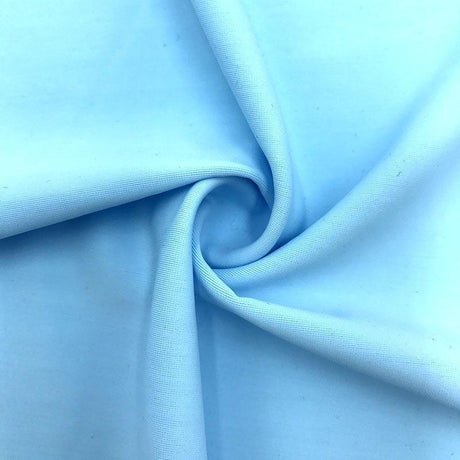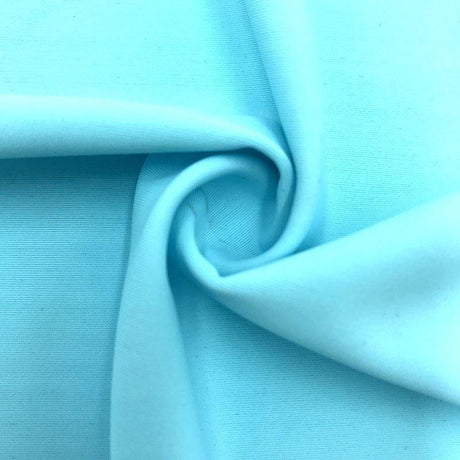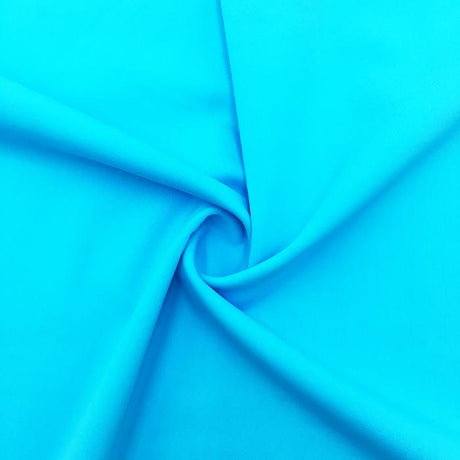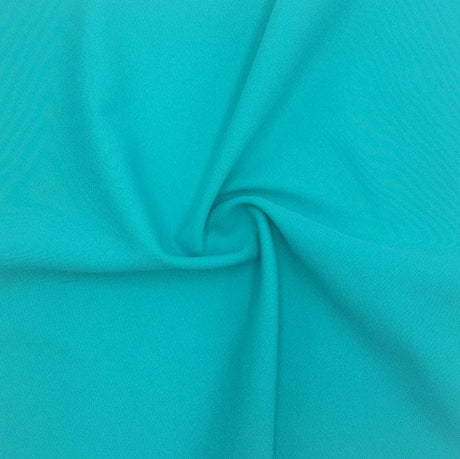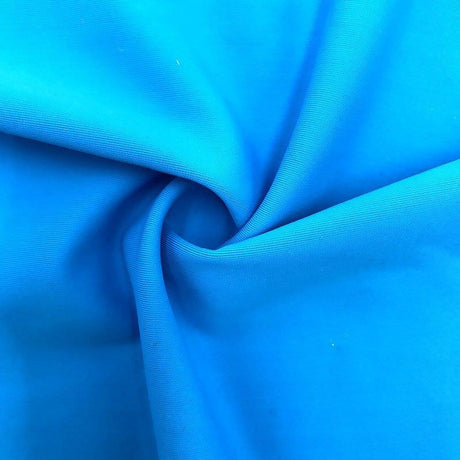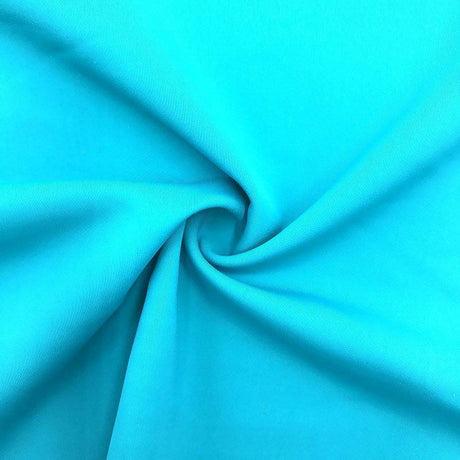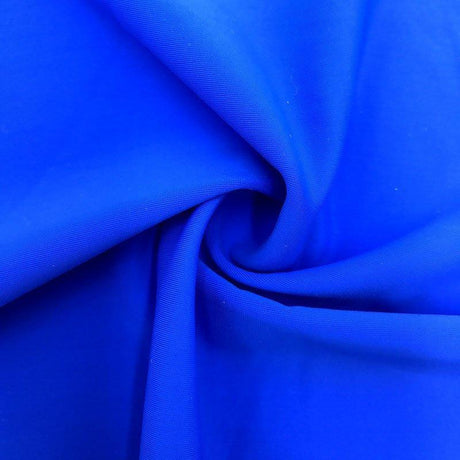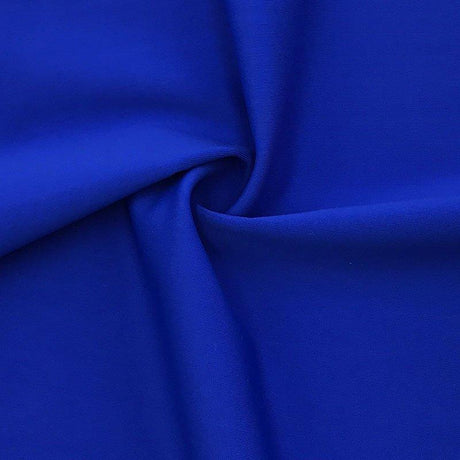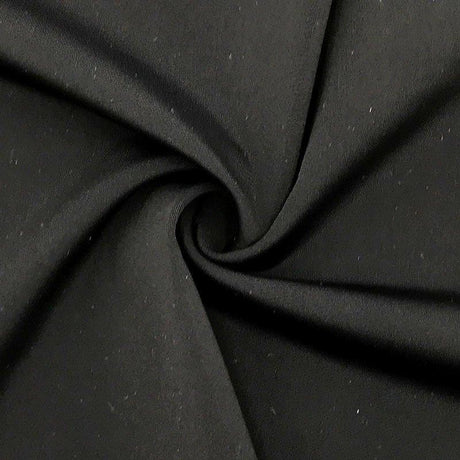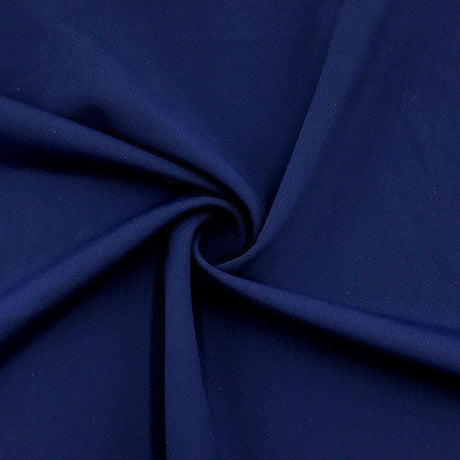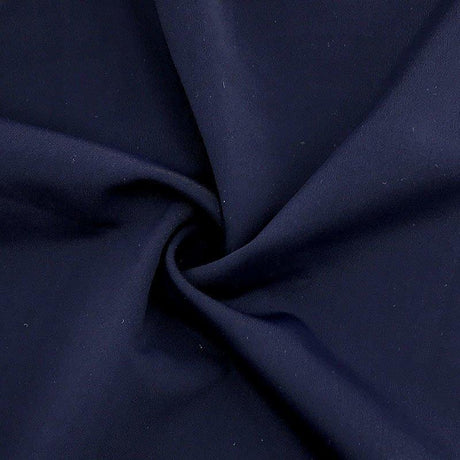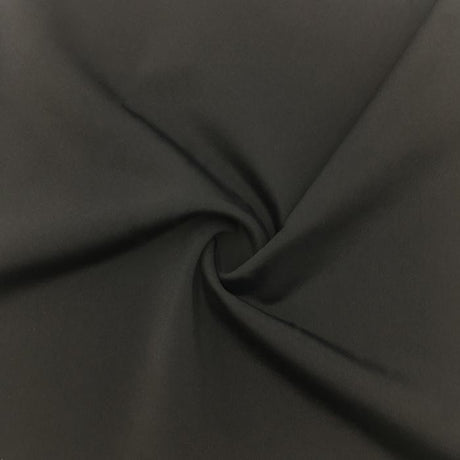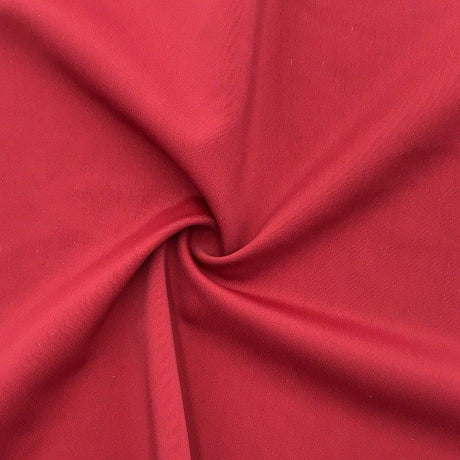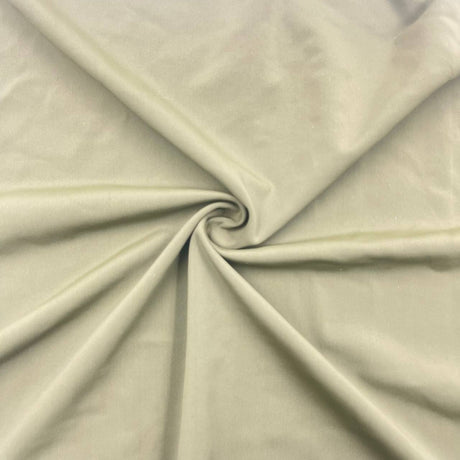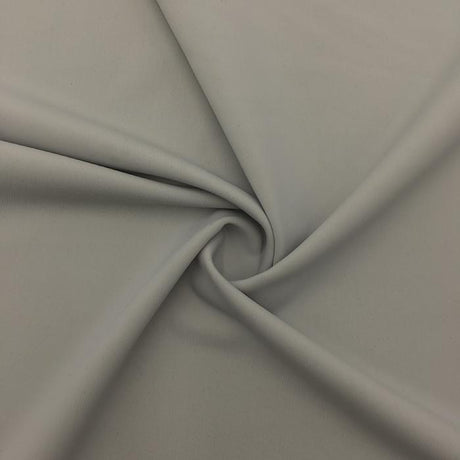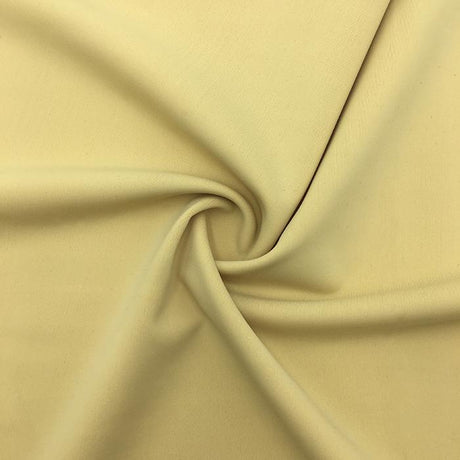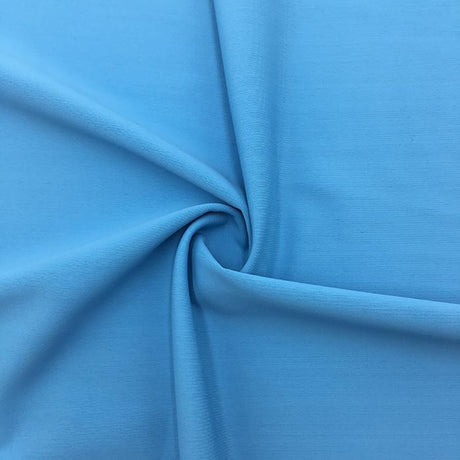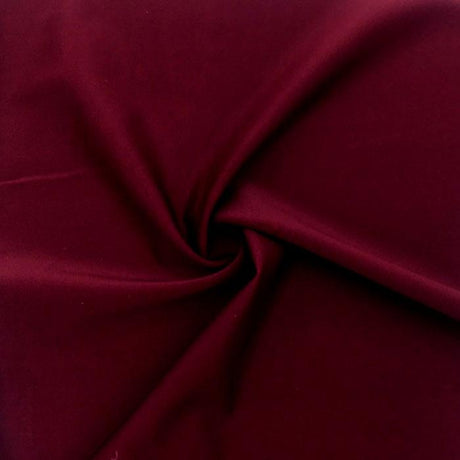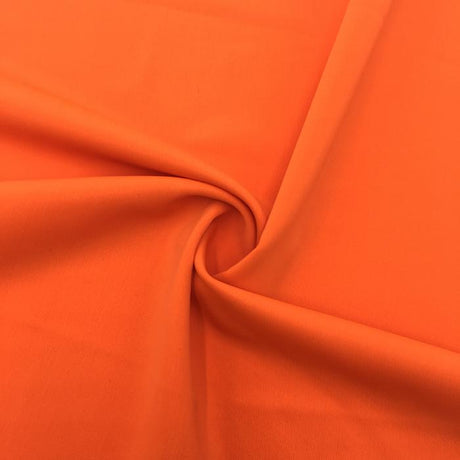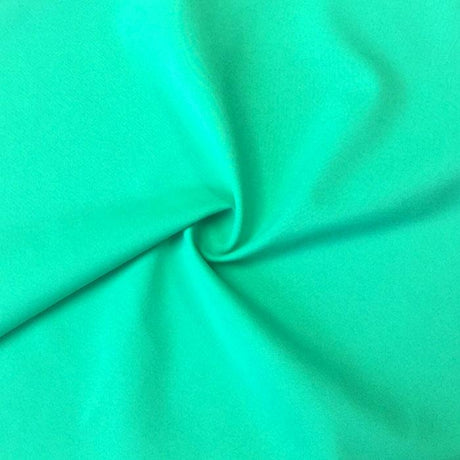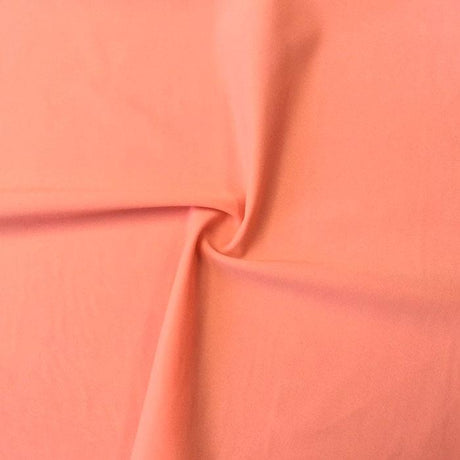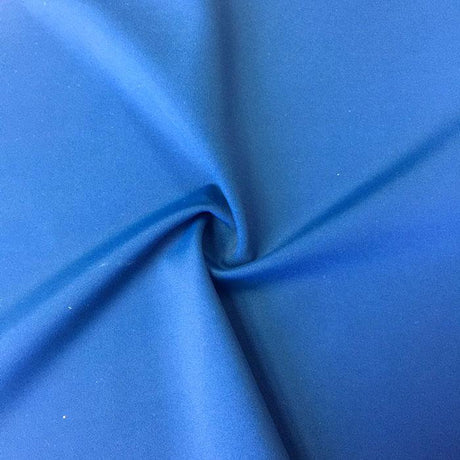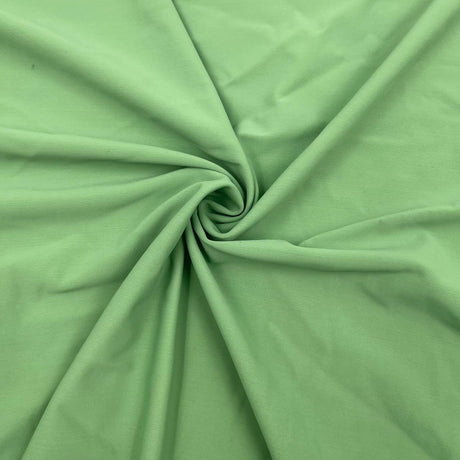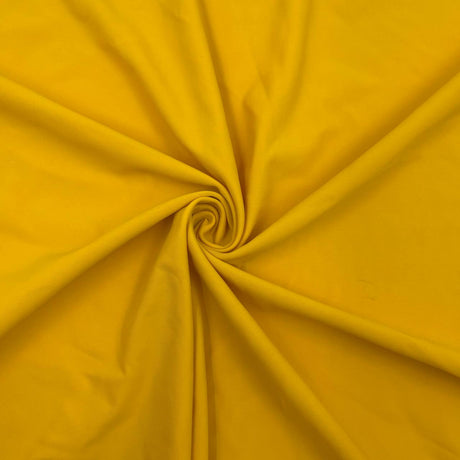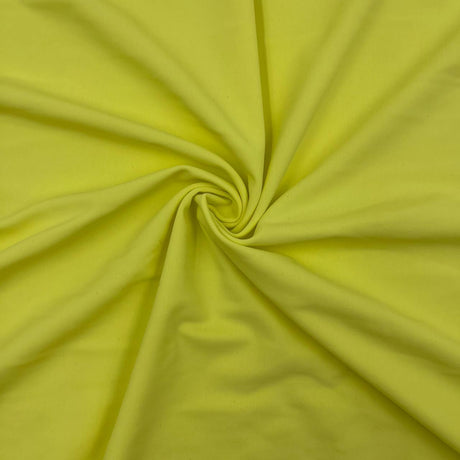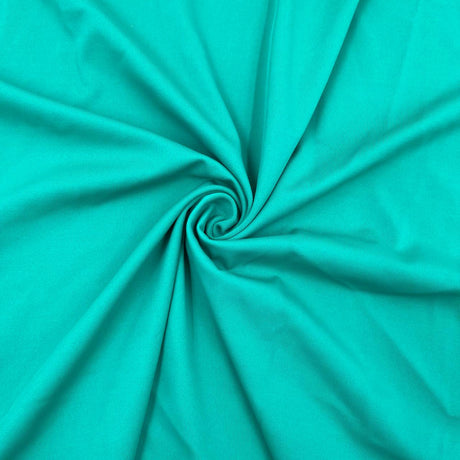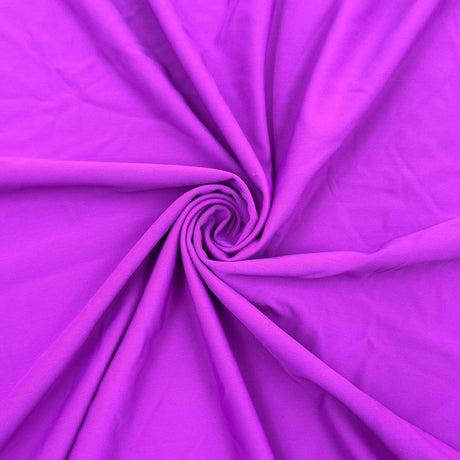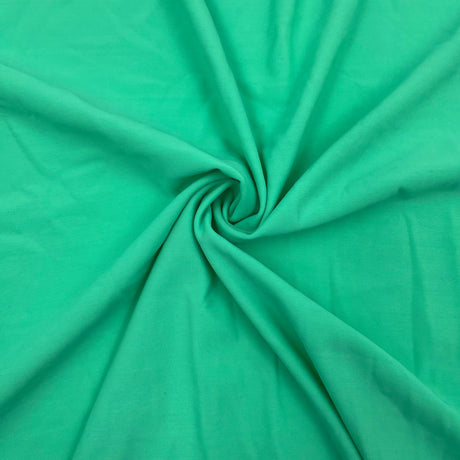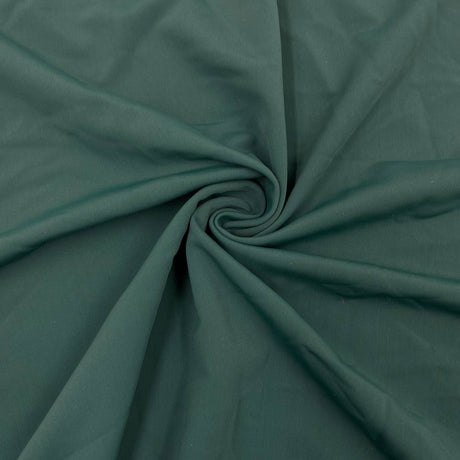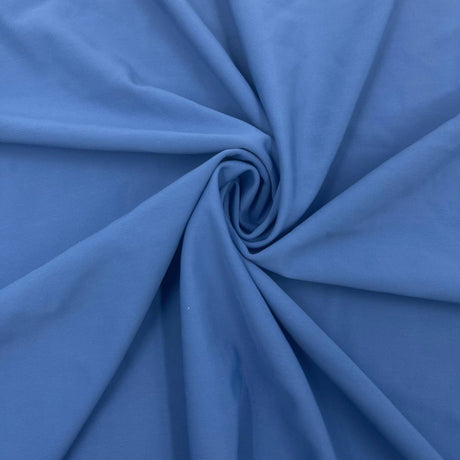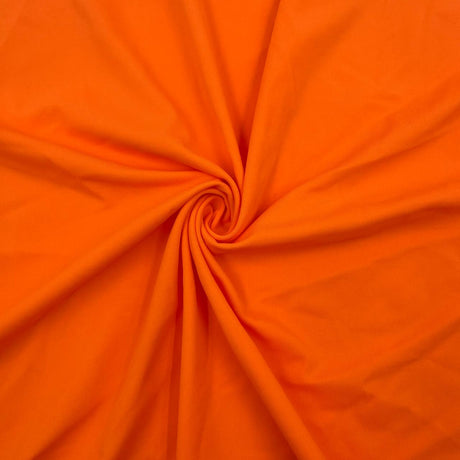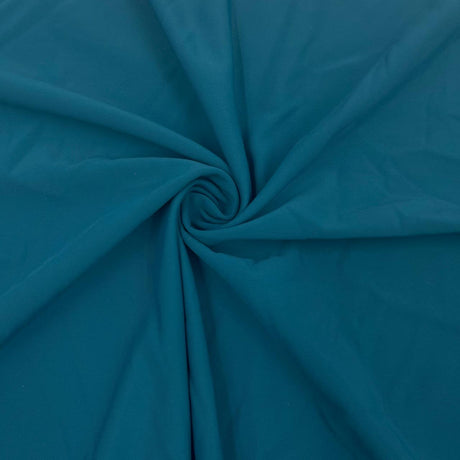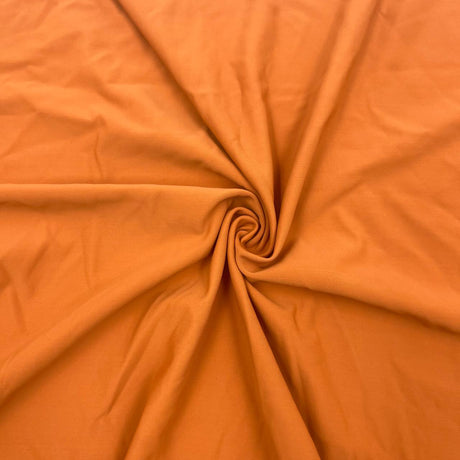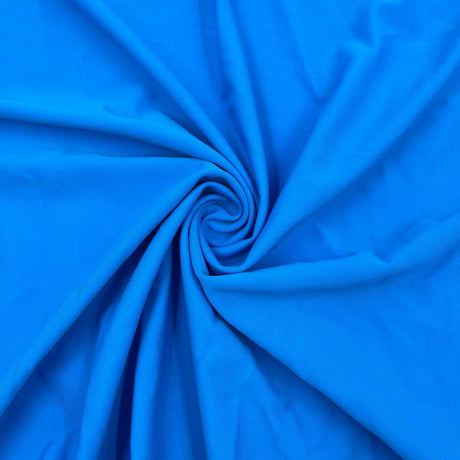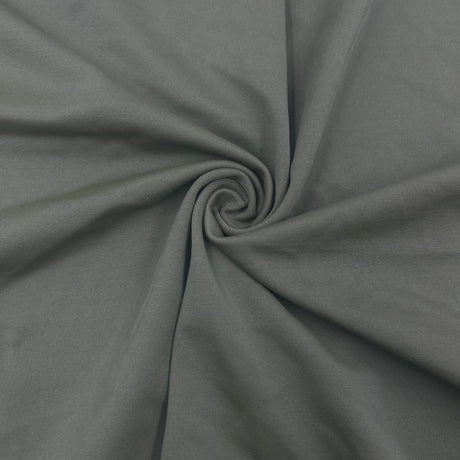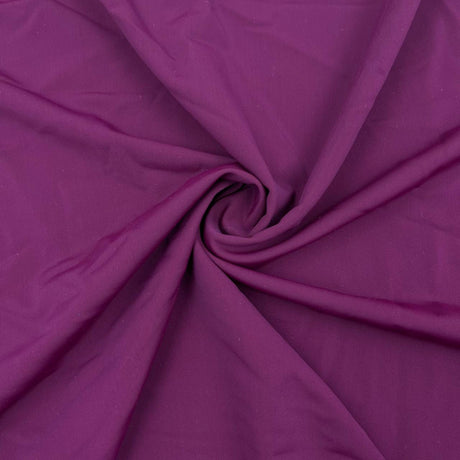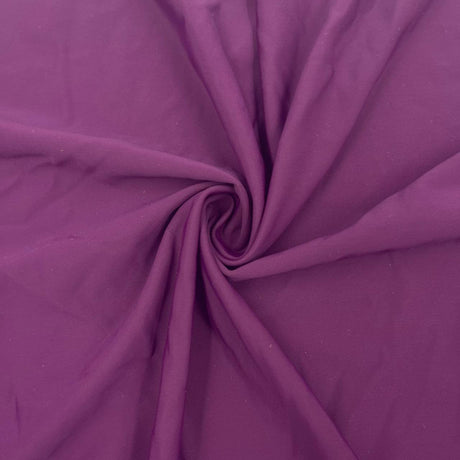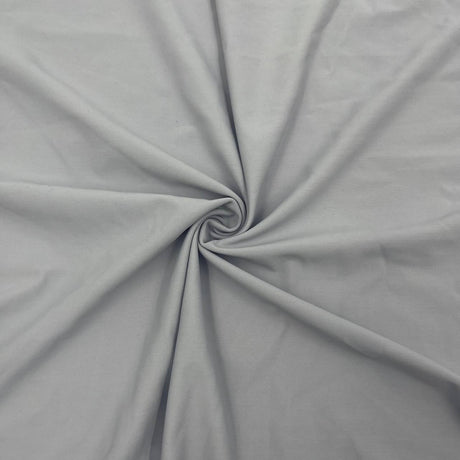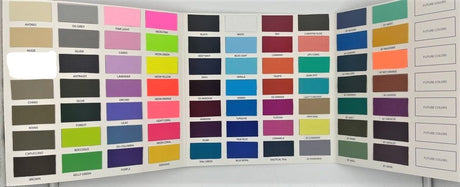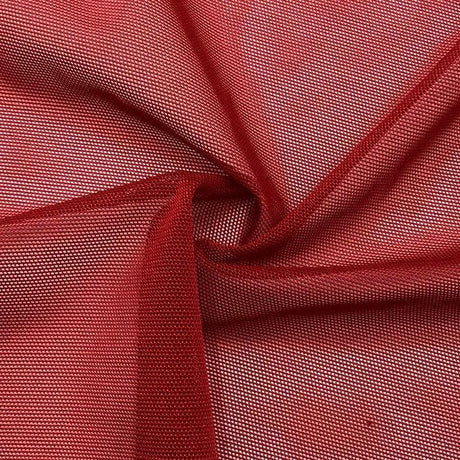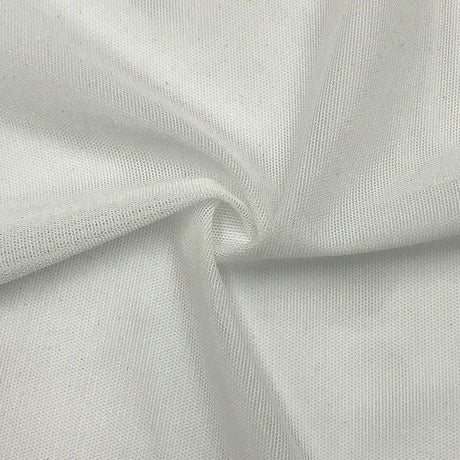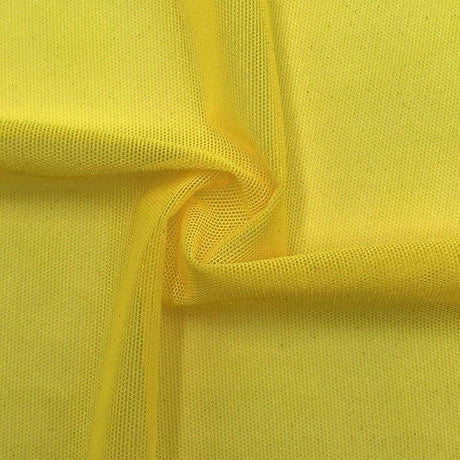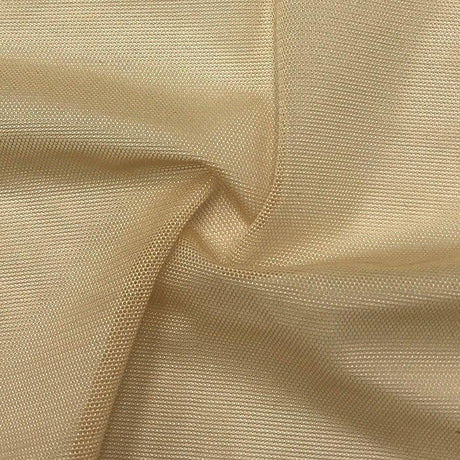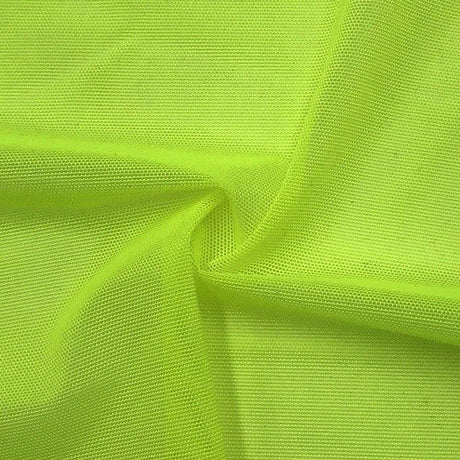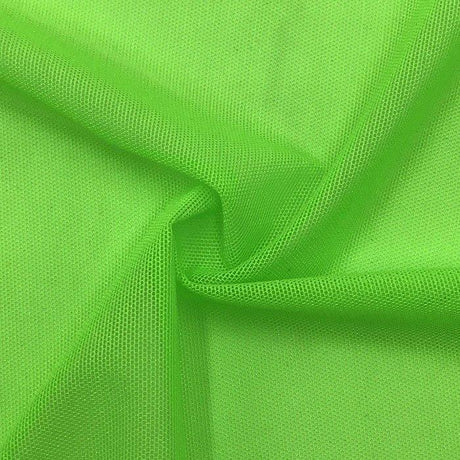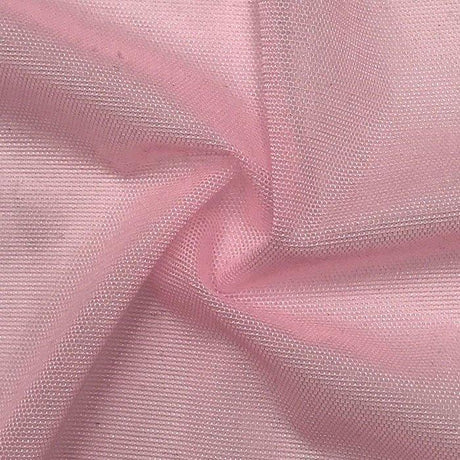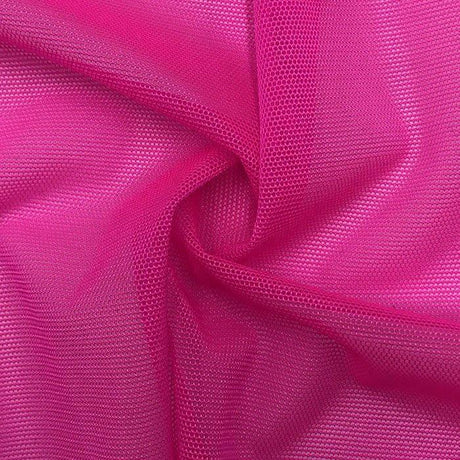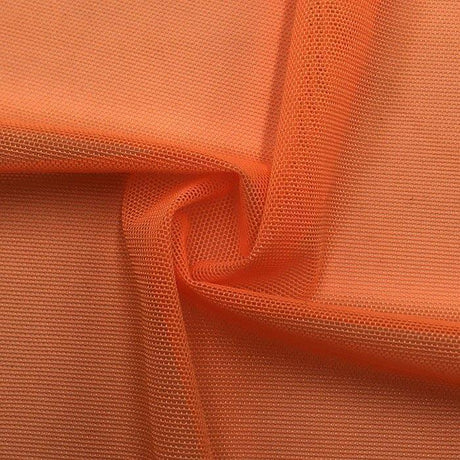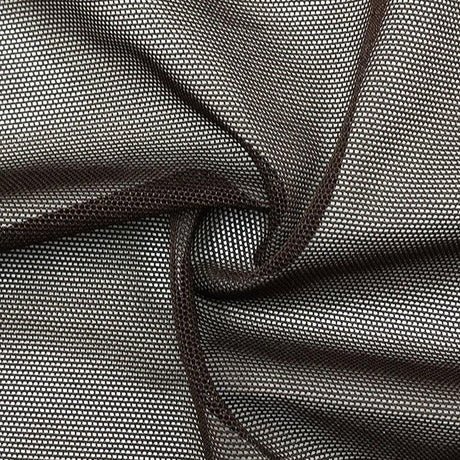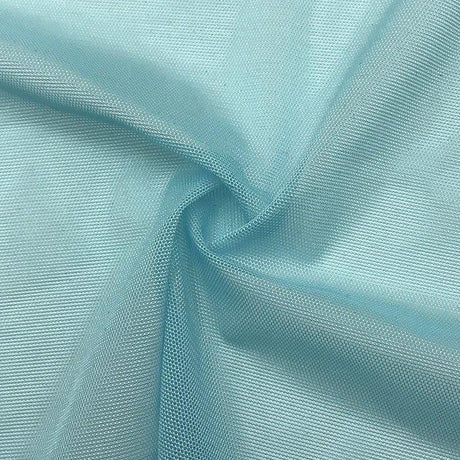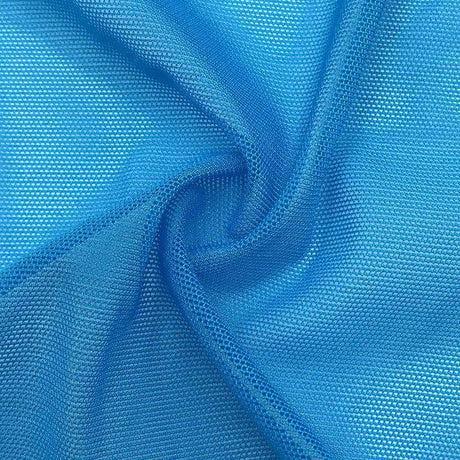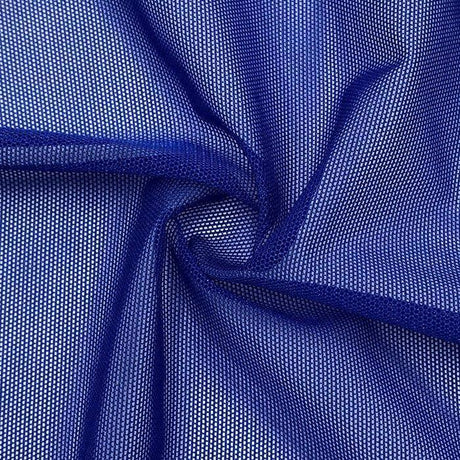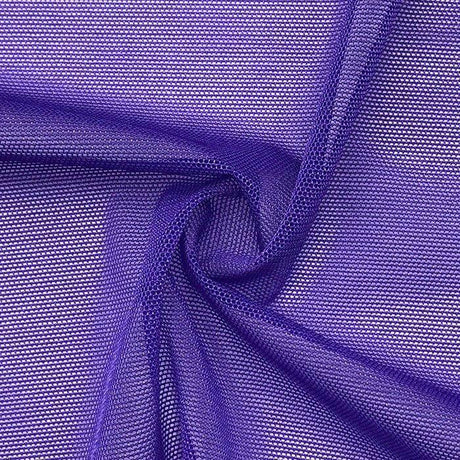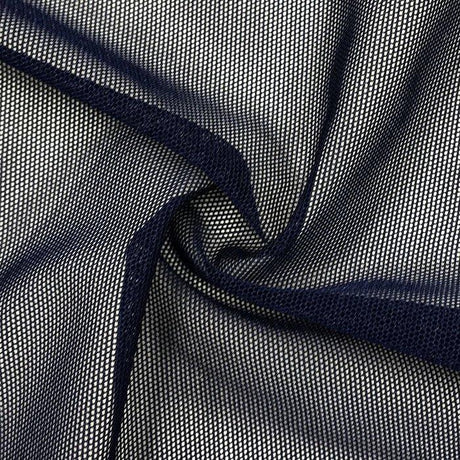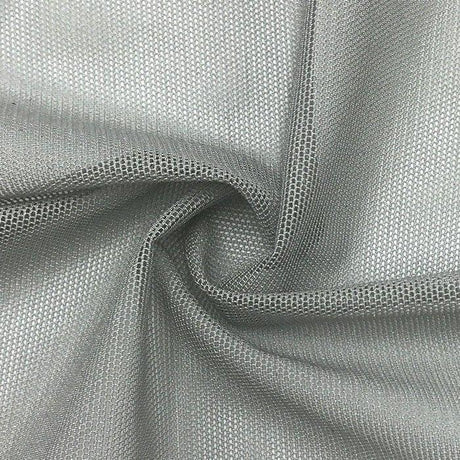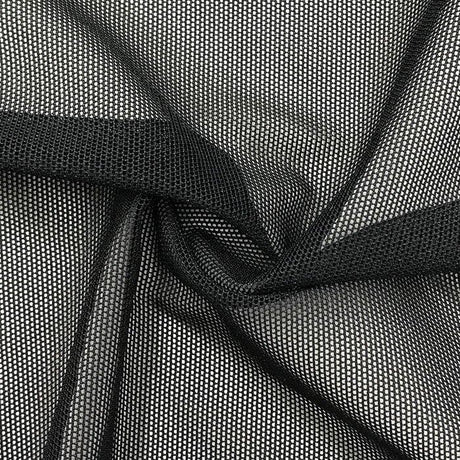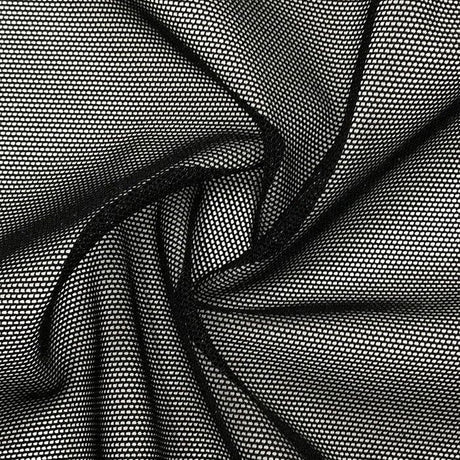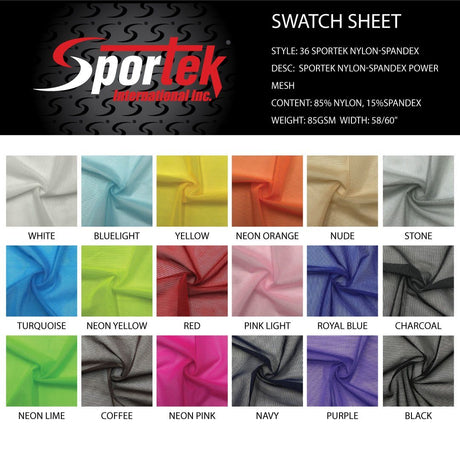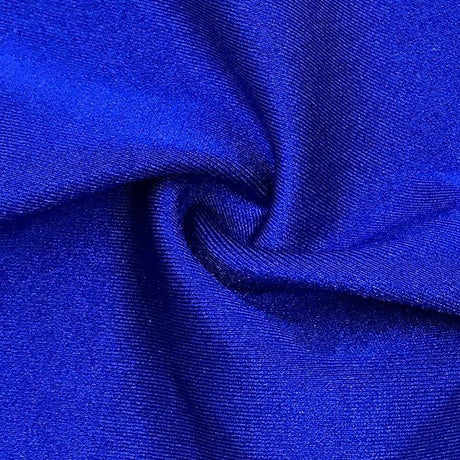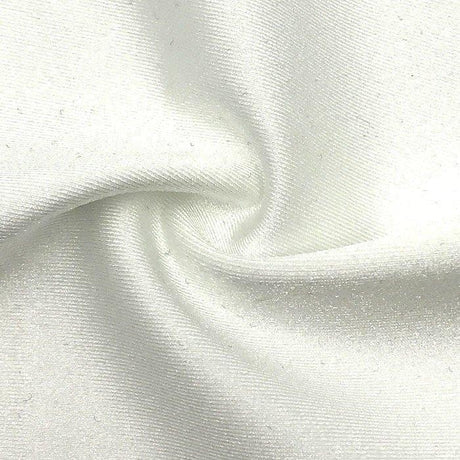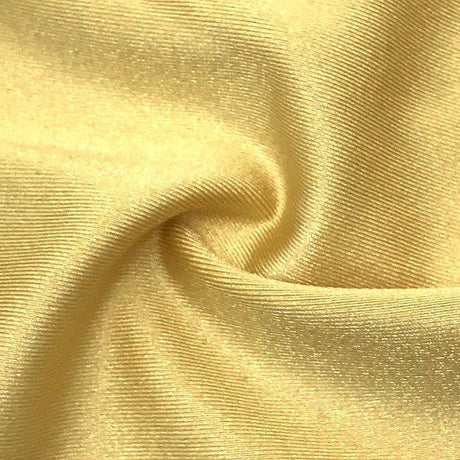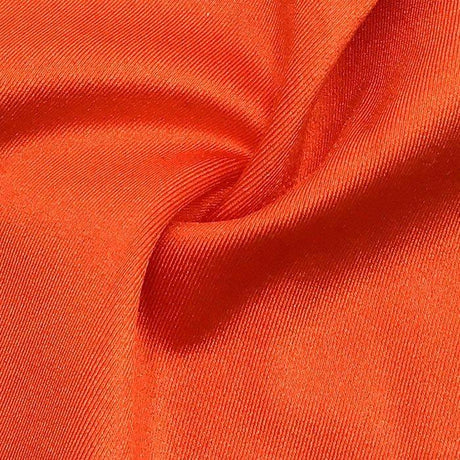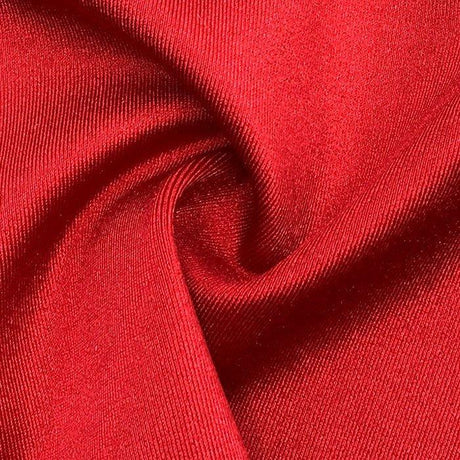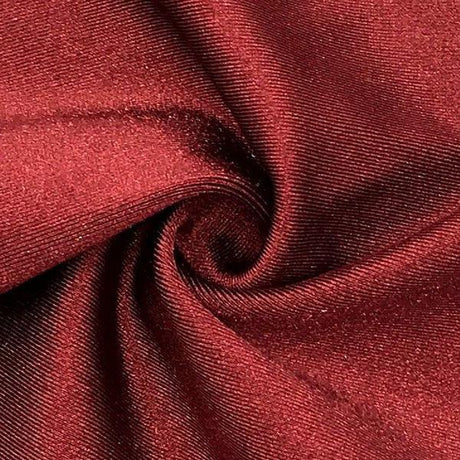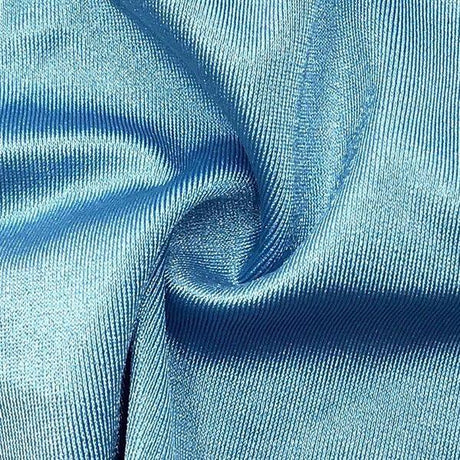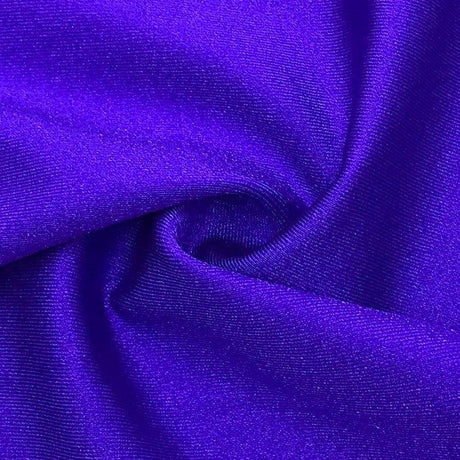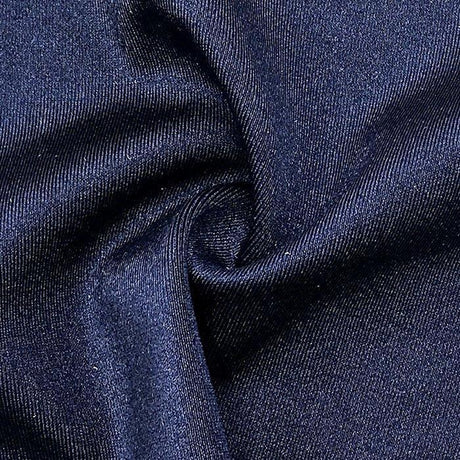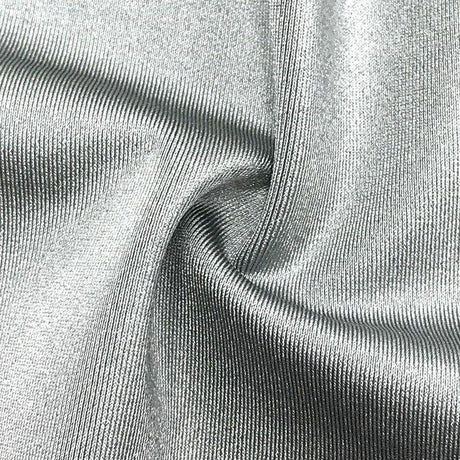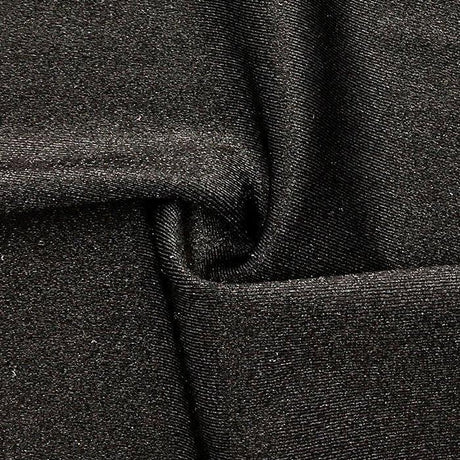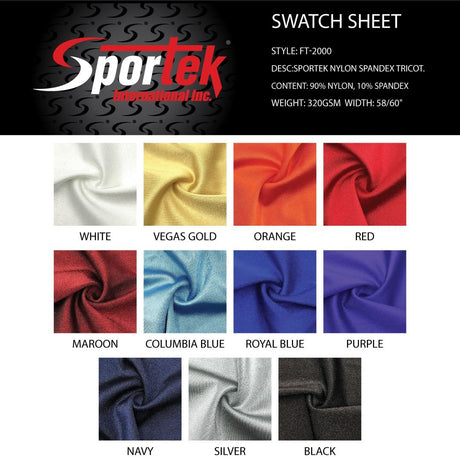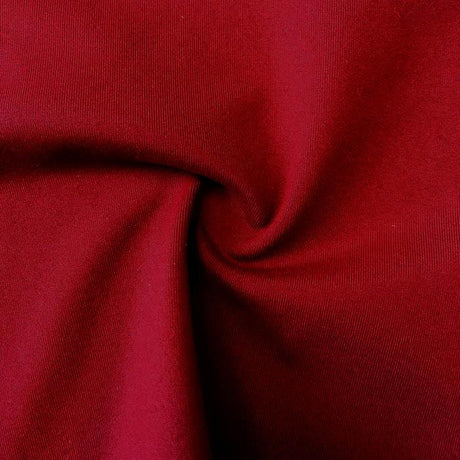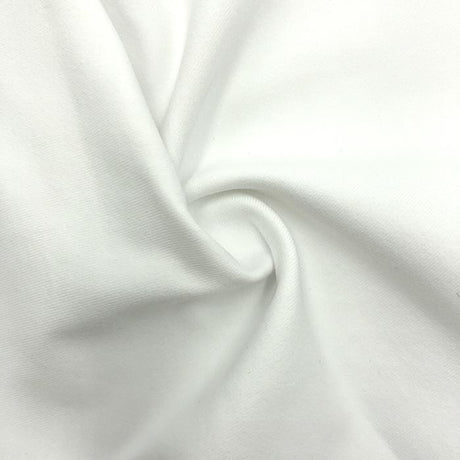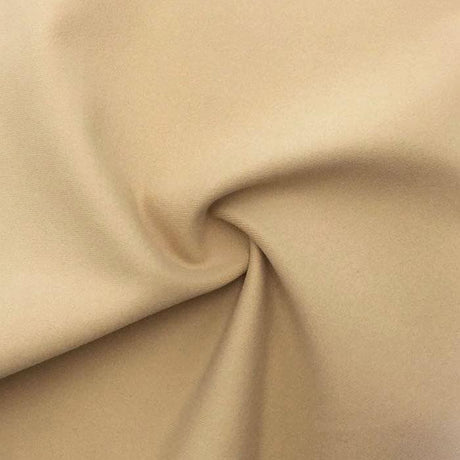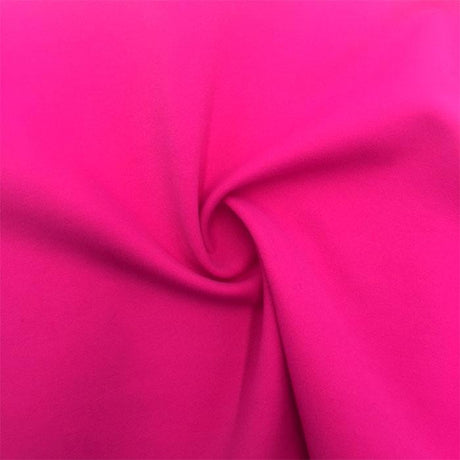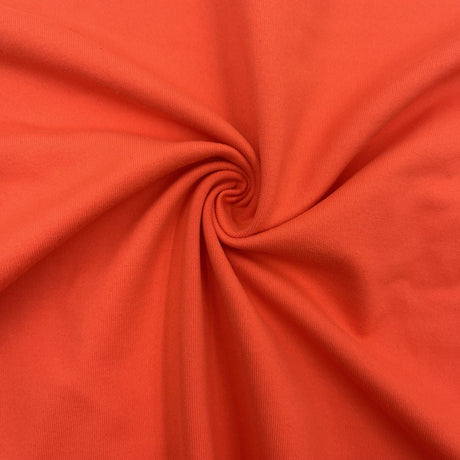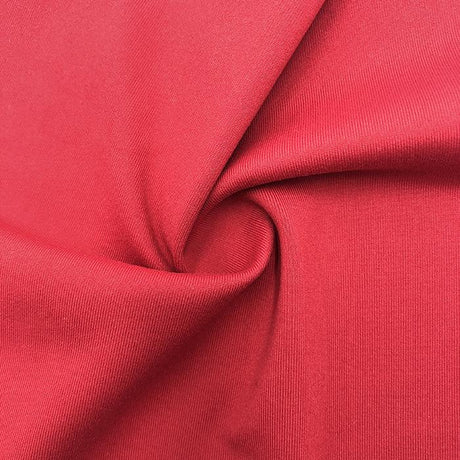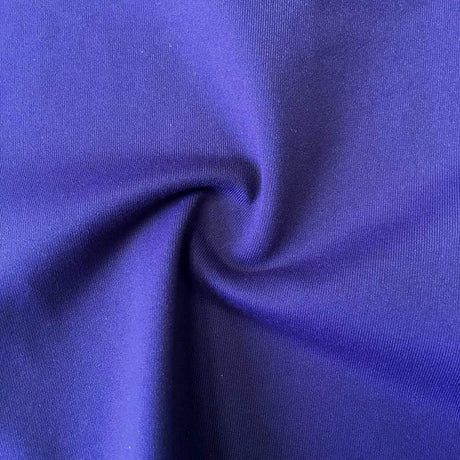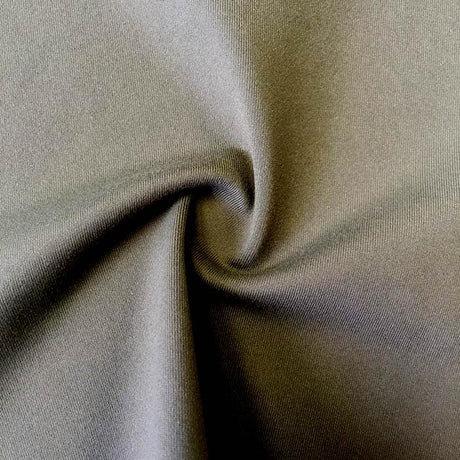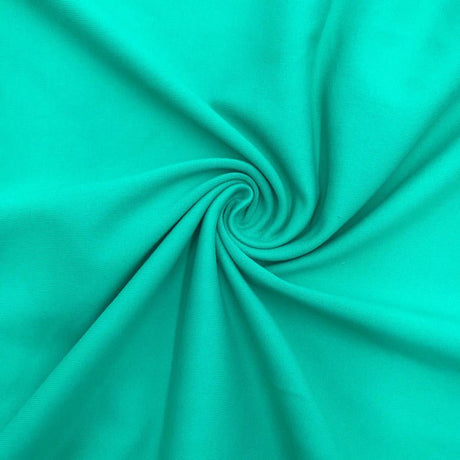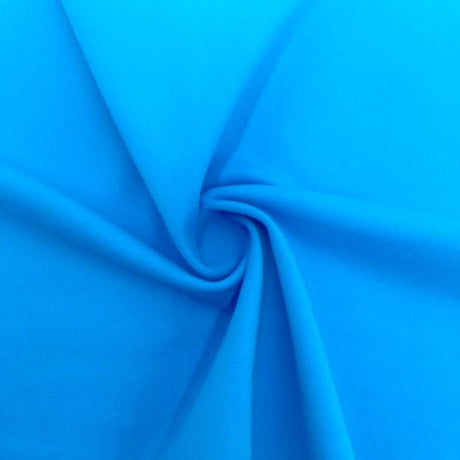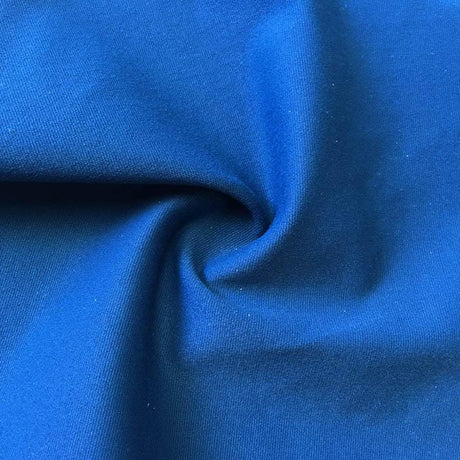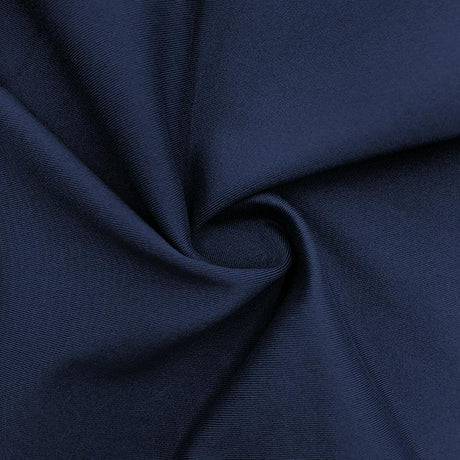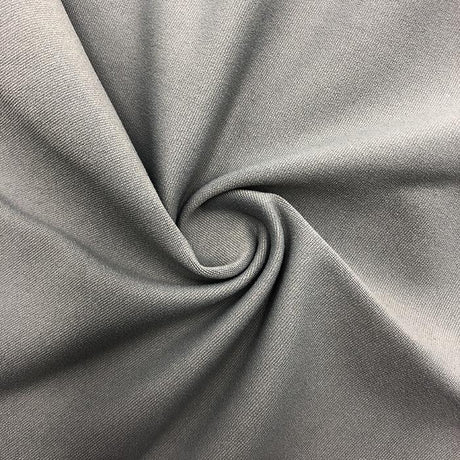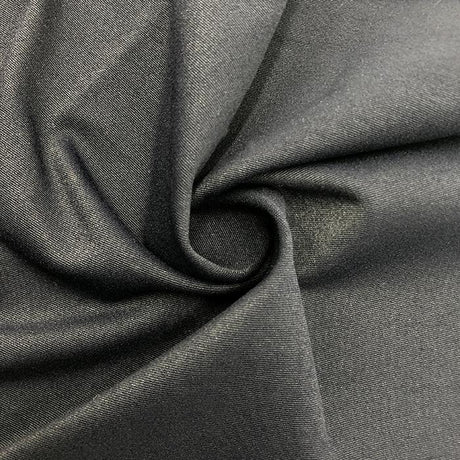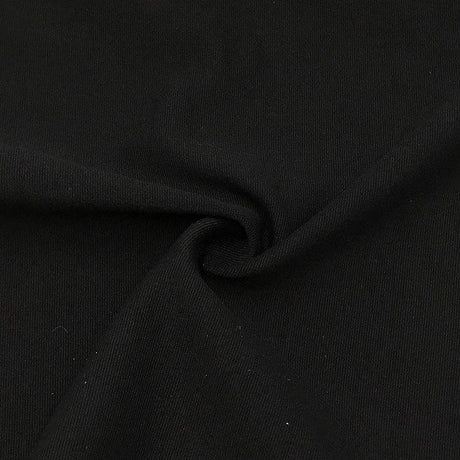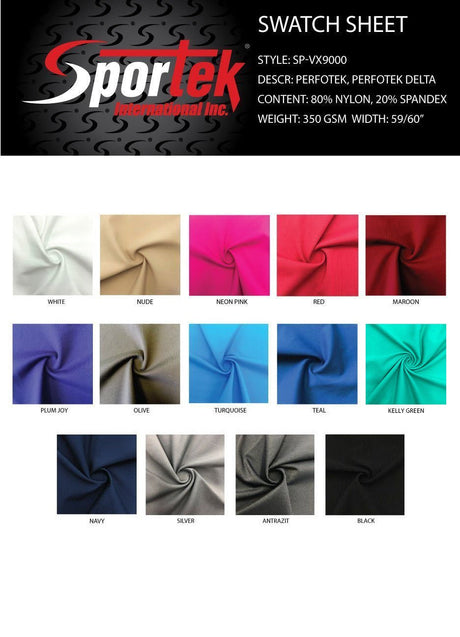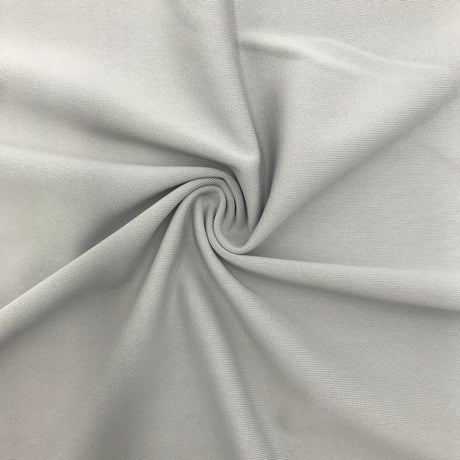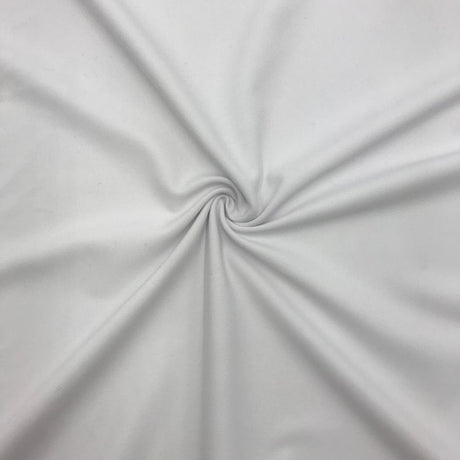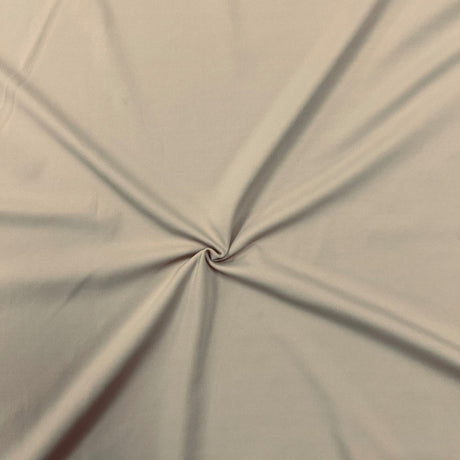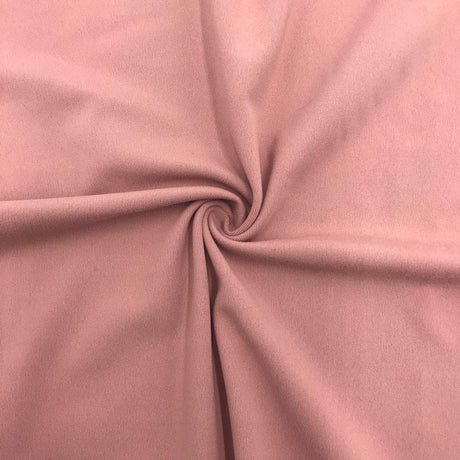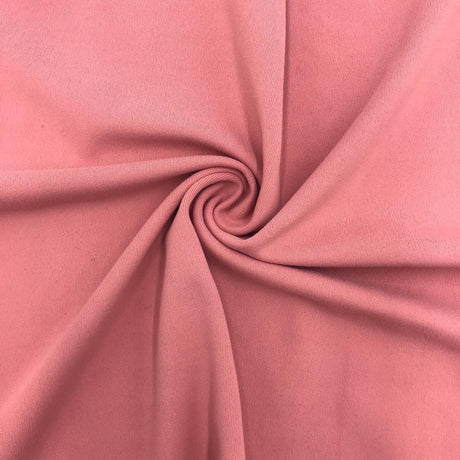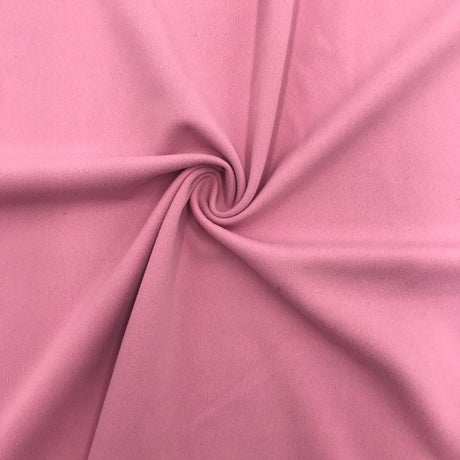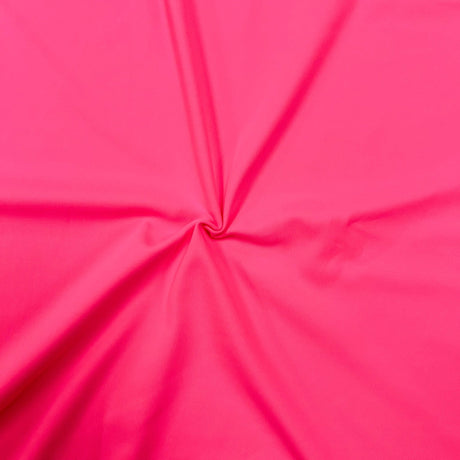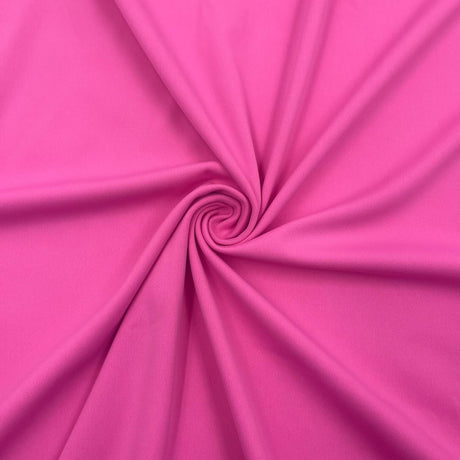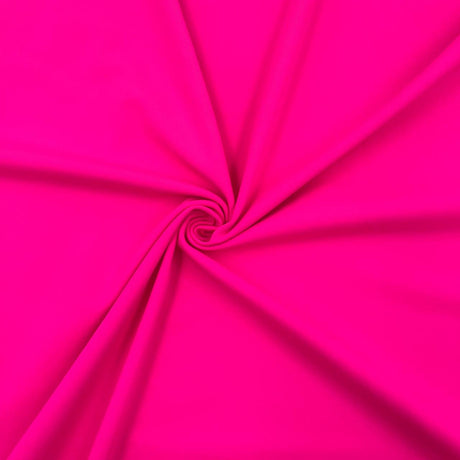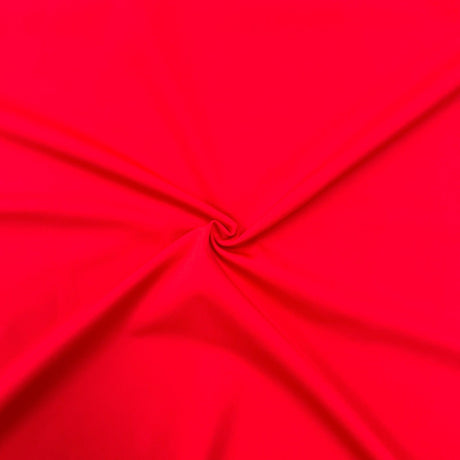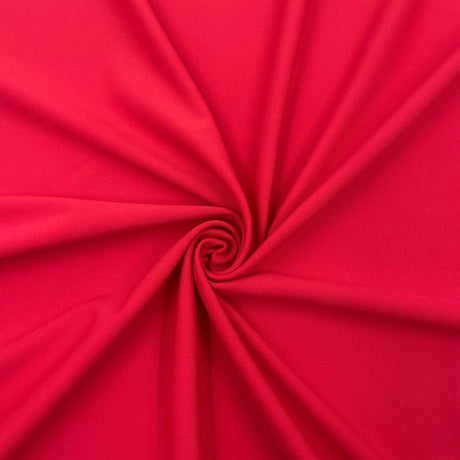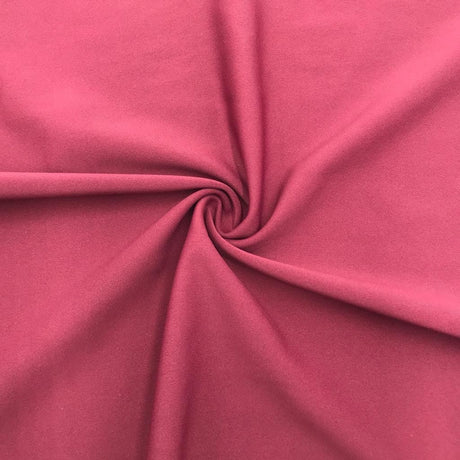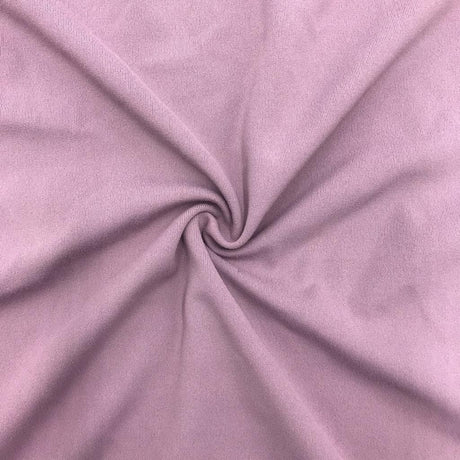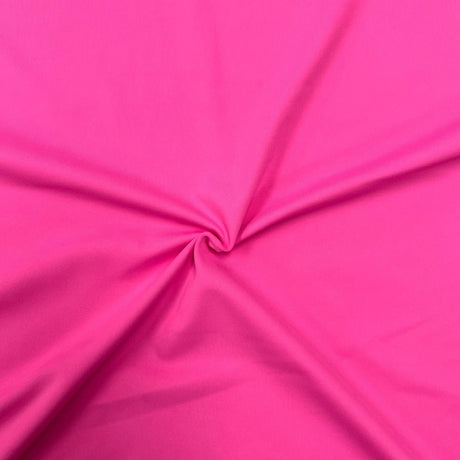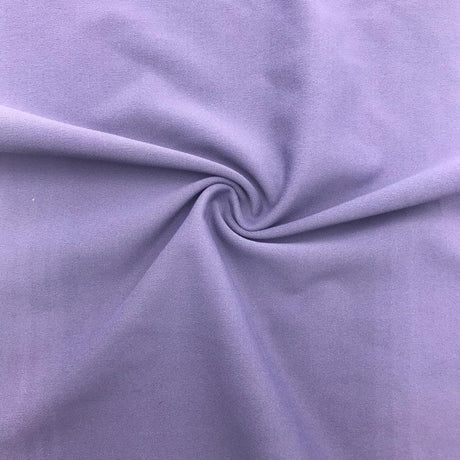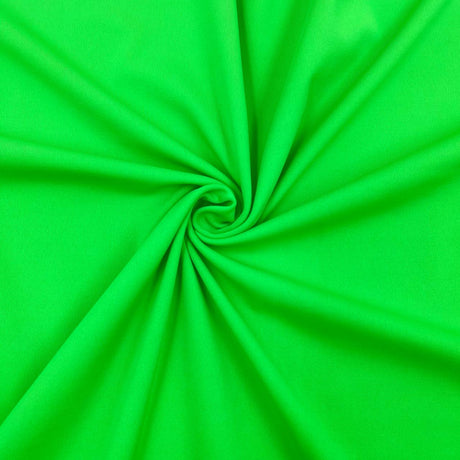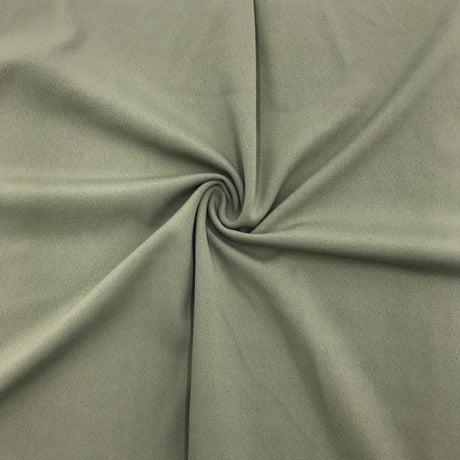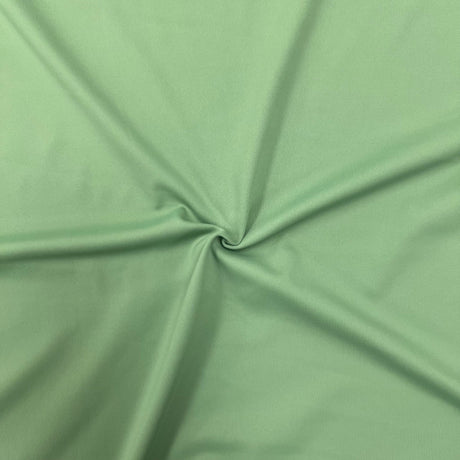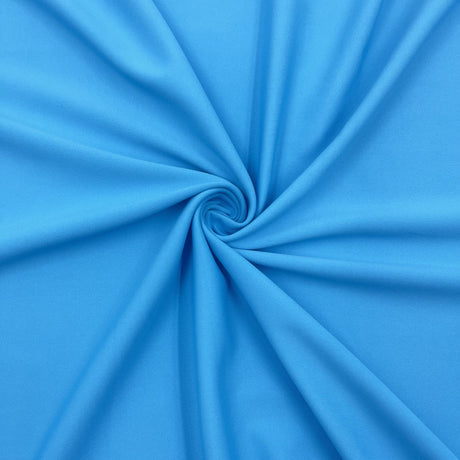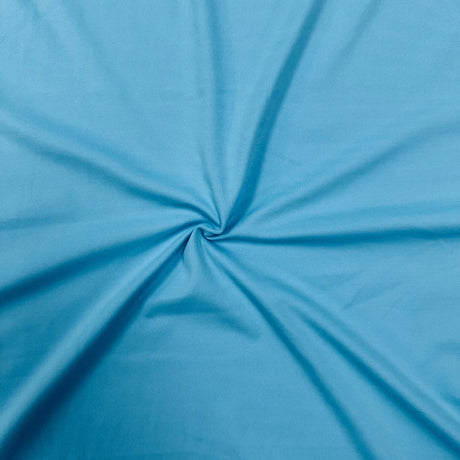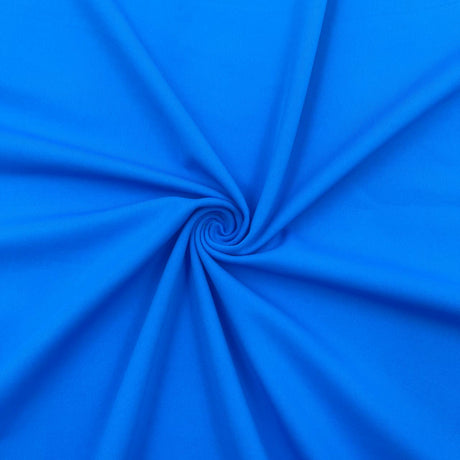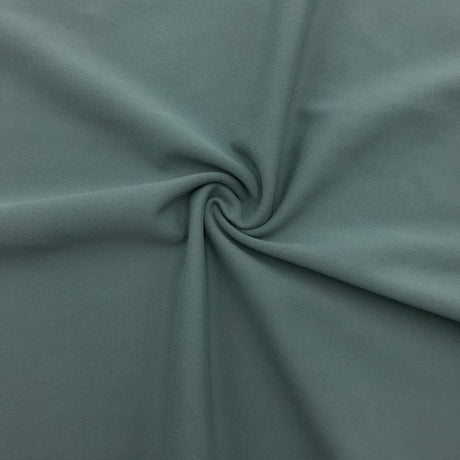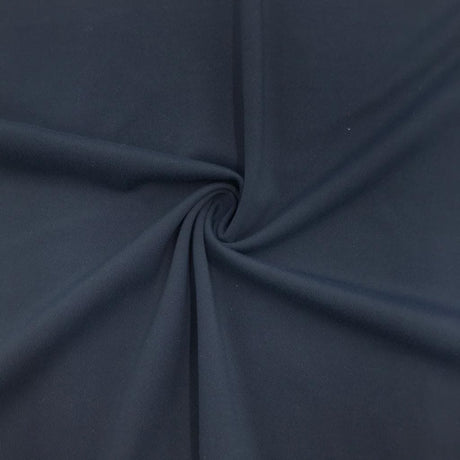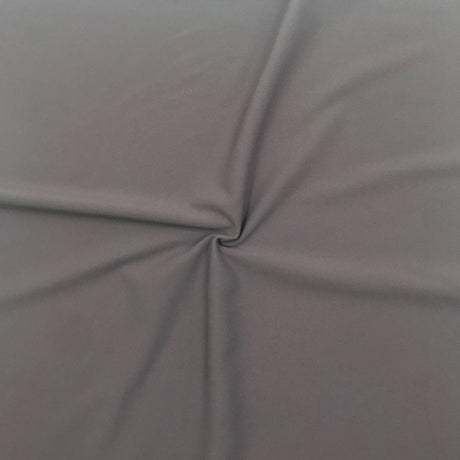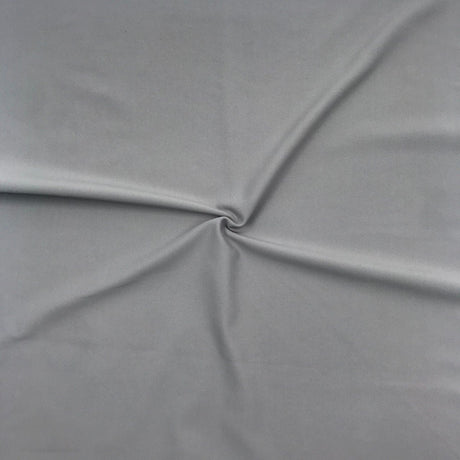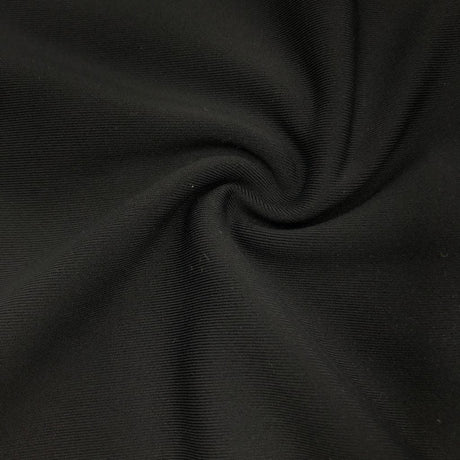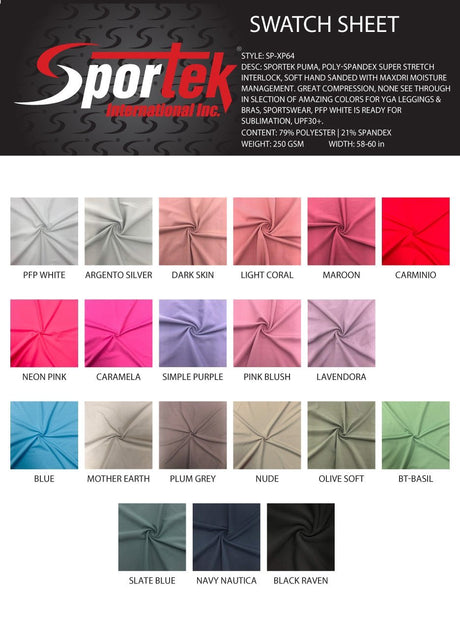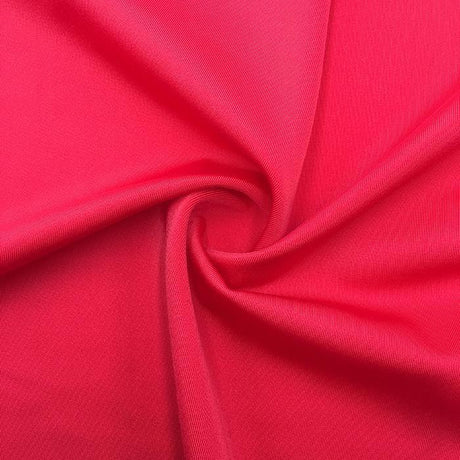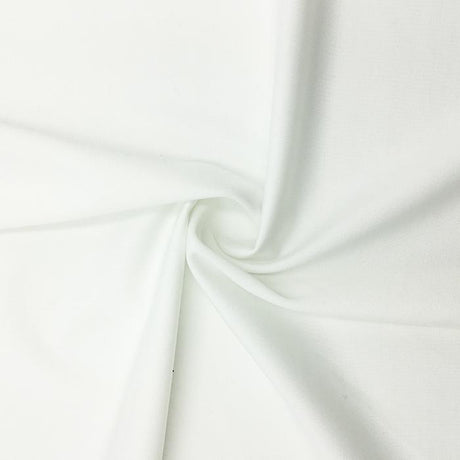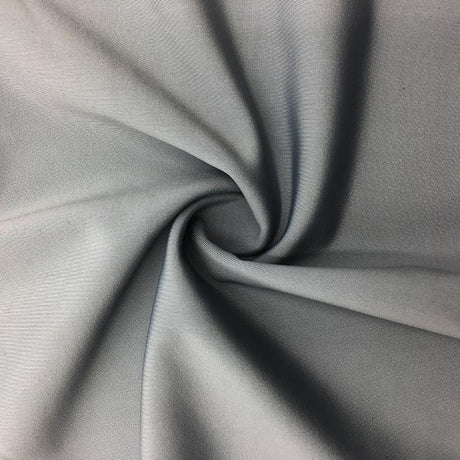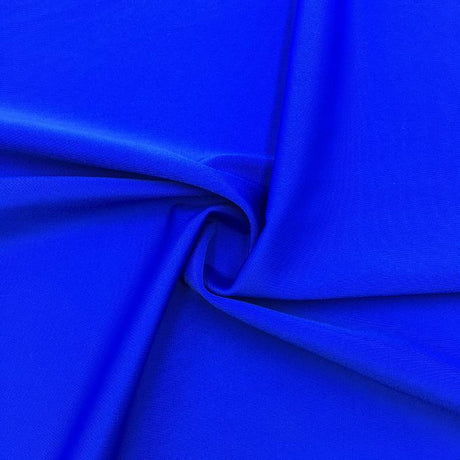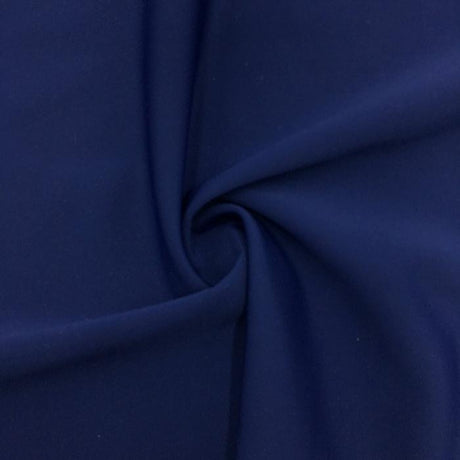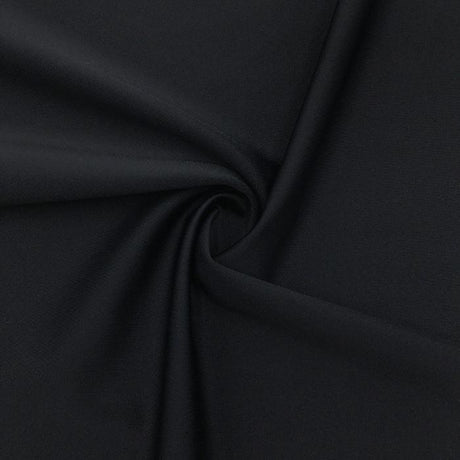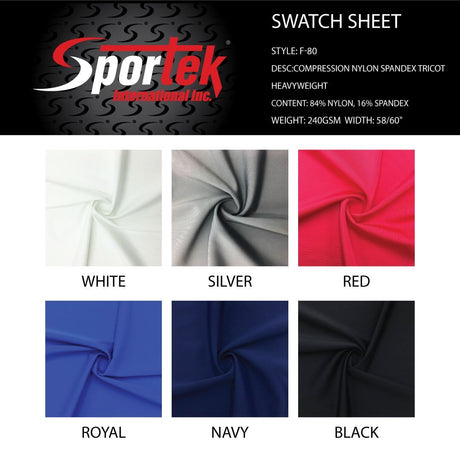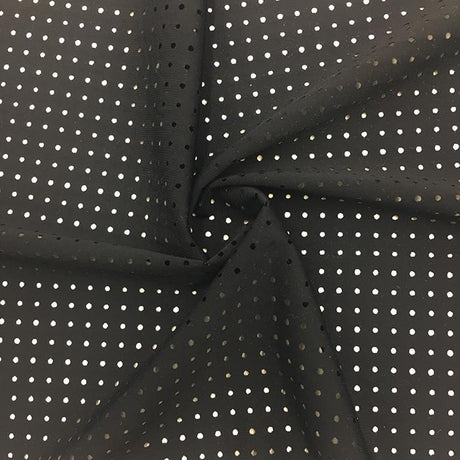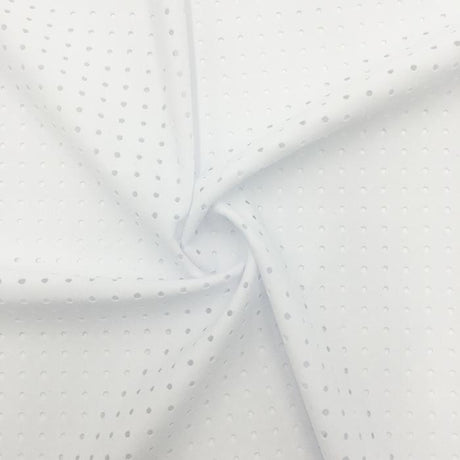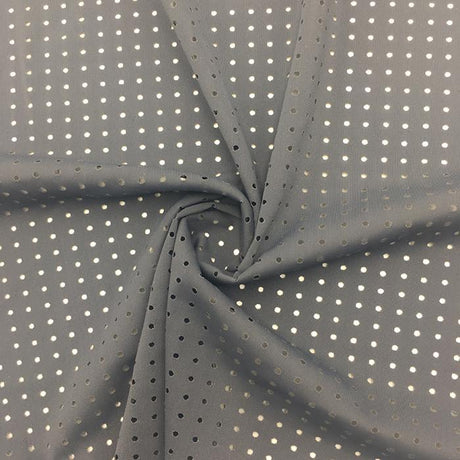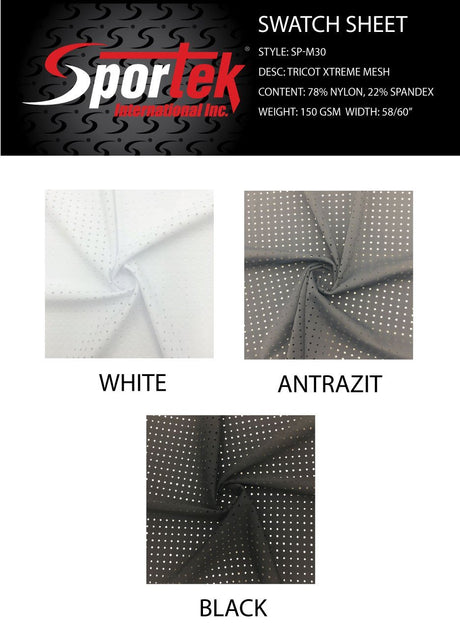Before we explore the applications, it's essential to understand why spandex, a material known for its function, is a perfect artistic medium. Its unique properties give it a distinct creative power that sets it apart from traditional materials.
1. Elasticity and Responsiveness
This is the most celebrated property of spandex. In a sculptural context, its ability to stretch and conform to a shape allows an artist to create works that are in a constant state of tension and transformation. The material can be stretched to its limit, creating a sense of inner force and emotion. It also makes the work responsive to external stimuli. A large-scale spandex sculpture can subtly shift and change with a gust of wind, creating a mesmerizing, kinetic effect.
2. The Play of Light and Shadow
A stretched spandex surface is a blank canvas for light. A smooth, taut surface, whether matte or shiny, can interact with light in a new way, creating a dynamic interplay of shadow and highlights. A wrinkled or textured spandex can cast intricate shadows that change with the time of day, creating a new layer of visual complexity. This makes spandex perfect for installations that are designed to be experienced with changing light conditions.
3. Versatility in Form and Texture
Spandex is a master of disguise. When stretched tightly, it can be as rigid and hard as a canvas, creating a geometric and architectural form. When used in a more relaxed way, it can be draped and gathered to create soft, organic, and fluid forms that mimic the natural world. Artists can also manipulate its surface with printing, painting, and layering, creating a wide range of textures and visual effects, from a high-gloss sheen to a rich, matte finish.
4. Durability and Longevity
For artists who create large-scale installations or public art, durability is a critical factor. Spandex, especially when blended with nylon or polyester, is incredibly strong, resilient, and resistant to abrasion and tearing. Its superior colorfastness and resistance to UV rays (especially in a high-quality blend) ensure that a work of art can withstand the elements and maintain its visual integrity for a long time.
Part 1: Spandex in Large-Scale Sculpture and Installation Art
Artists are using spandex in a variety of large-scale projects, from fluid, architectural sculptures to interactive, immersive installations.
1. Fluid Architecture and Kinetic Sculpture
Artists are using spandex to explore the concept of "soft architecture," creating large, fluid sculptures that are a departure from the rigidity of traditional materials.
- Malin Bülow: A a fantastic example of a textile artist who uses Lycra in her work. She creates mesmerizing, site-specific installations that use human bodies and architecture to explore the concepts of tension and elasticity. Her work, which often involves dancers stretching meters of Lycra, transforms a static space into a dynamic, fluid sculpture that is alive with movement.
- Conceptual Uses: Artists are using spandex to create large, organic-looking sculptures that are stretched over metal or wooden frames. The tension of the fabric creates a sense of internal force and energy, while its semi-translucence allows light to filter through, creating a soft, ethereal glow.
2. Interactive and Responsive Installations
Spandex’s elasticity and responsiveness make it an ideal medium for interactive art.
- Responsive Walls: Artists are creating installations where a stretched spandex wall can be pushed, pulled, or touched by a viewer. The fabric’s elastic memory ensures that it snaps back to its original shape, creating a ripple effect that engages the viewer in a new way.
- Projection Mapping and Light Art: Spandex’s smooth, wrinkle-free surface makes it a perfect screen for video and light projections. Artists can project images and patterns onto a stretched spandex surface, creating a dynamic, immersive experience that changes with the viewer's movement or a pre-programmed sequence.
3. Environmental and Public Art
Artists are using spandex to create public art that is both visually stunning and environmentally conscious.
- Stretched Backdrops: Large pieces of spandex can be used to create seamless, wrinkle-free backdrops for public events, concerts, or art installations.
- Inflatable Sculptures: Artists are using spandex to create large, inflatable sculptures that are lightweight and can be easily transported and installed. The fabric’s stretch allows it to conform to a variety of shapes when inflated, creating a fun, playful, and whimsical piece of art.
Part 2: Spandex in Textile Art and Fine Art
Spandex’s artistic potential extends beyond large-scale installations to smaller, more intimate gallery-level works.
1. Tension and Form
Artists are using spandex to explore the concept of tension in their work.
- Wrapped Objects: Artists can wrap objects in spandex to either hide or reveal a form. The fabric’s ability to cling to a shape can be used to create a sense of mystery or to highlight the contours of an object.
- Suspended Sculptures: Artists are using spandex to create suspended sculptures that are in a constant state of tension. The sculpture's form is a direct result of the force applied to it, creating a sense of dynamic equilibrium.
- Joiri Minaya: This artist uses spandex in her work to explore themes of identity, femininity, and colonization. She creates form-fitting body suits out of patterned spandex that mimic tropical prints, using the fabric to explore the complex relationship between the body, a colonized landscape, and a manufactured identity.
2. Mixed Media and Layering
Spandex’s smooth, neutral surface makes it a perfect base for a mixed-media piece.
- Layering with Other Fabrics: Artists can layer spandex with other fabrics, creating a unique texture and form. The contrast between a smooth spandex and a rougher textile like wool or linen can be used to create a visually dynamic and interesting piece.
- Adding 3D Elements: Spandex can be used as a base for adding 3D elements like beads, embroidery, or other sculptural materials. The fabric’s stretch allows it to accommodate the weight and tension of these additions.
Part 3: A Practical Guide: How to Work with Spandex as an Artist
For an artist or designer who is interested in exploring spandex as a medium, the right tools and techniques are essential.
1. Choosing the Right Fabric
- GSM and Weight: The weight of the fabric, measured in Grams per Square Meter (GSM), will determine its drape and rigidity. A lightweight spandex (150 GSM) is perfect for fluid, draped forms, while a heavier spandex (250+ GSM) is ideal for rigid, sculptural forms.
- Stretch: A 4-way stretch fabric is the most versatile option. It will allow you to stretch the fabric in all directions, which is crucial for most sculptural applications.
- Finish: The finish (matte or shiny) will also have a profound impact on the final piece. A matte finish will absorb light and create a soft, understated look, while a shiny finish will reflect light and create a dynamic, glamorous effect.
2. Frame and Mounting Techniques
- Stretching: When stretching spandex over a frame, you can use a staple gun to secure the fabric. The key is to stretch the fabric in all directions as you go, ensuring a smooth, wrinkle-free surface.
- Frame Materials: You can use a variety of materials for a frame, including wood, metal, or even plastic. The choice of material will depend on the size and complexity of your sculpture.
3. Adding Color and Design
- Sublimation Printing: Sublimation is the best way to add a high-resolution, permanent design to spandex. You can print any image or pattern onto a spandex fabric, which is a game-changer for artists who want to use photography or digital art in their work.
- Fabric Paints and Dyes: You can also use specialized fabric paints and dyes to add color and texture to spandex. It's important to choose a product that is designed for synthetic fabrics and will not crack or peel.
Part 4: The Future of Spandex in Art: Innovation and Sustainability
The artistic potential of spandex is still being explored. The future of this medium will be shaped by a focus on sustainability and technology.
- Sustainable Materials: The use of GRS-certified recycled spandex is becoming increasingly important in art. Artists are using these materials to create work that is not only visually stunning but also environmentally conscious.
- Smart Textiles: The future of spandex art will likely involve the use of smart textiles that can respond to external stimuli. An artist could create a piece that changes color with the temperature, emits light in response to sound, or changes its shape with a viewer's touch. This will create a truly interactive and living piece of art.
Conclusion
Spandex has transformed from a purely functional material to a revolutionary artistic medium. Its unique blend of elasticity, responsiveness, and versatility is allowing artists to create a new generation of sculptures and installations that are dynamic, interactive, and alive.
From large-scale public art that is alive with the wind to a small, intimate textile piece that explores the concepts of tension and form, spandex is a material that is pushing the boundaries of what is possible. It is a canvas that is a part of the art itself, a collaborator that responds to the artist's touch and the viewer's presence.
Ready to explore a world of creative possibilities? At SpandexByYard.com, we offer a wide selection of high-quality spandex fabrics in a variety of weights, finishes, and colors. Our fabrics are the perfect medium for your next creative endeavor. Explore our collection and discover the endless potential of spandex as a work of art.

